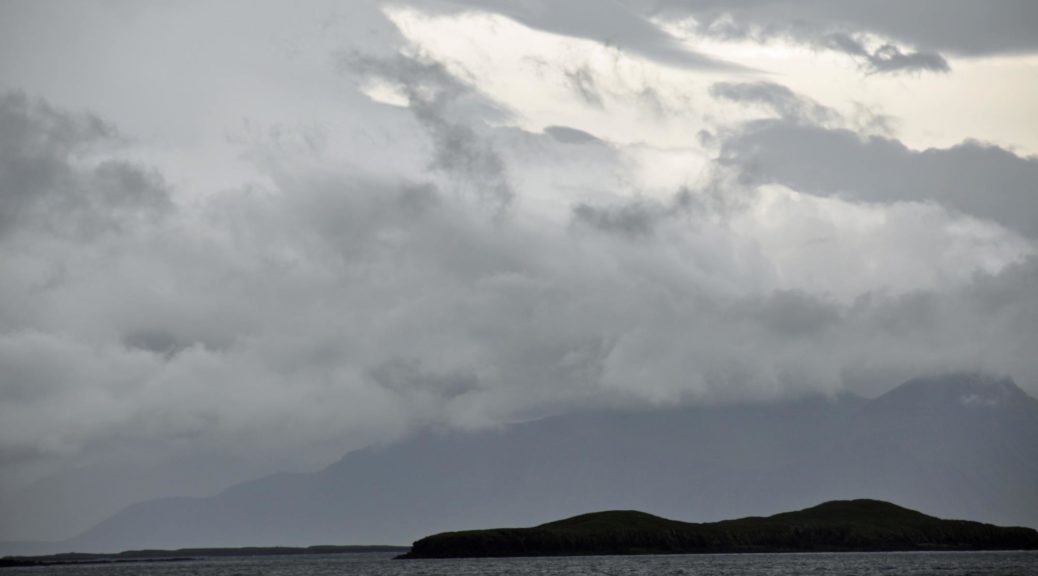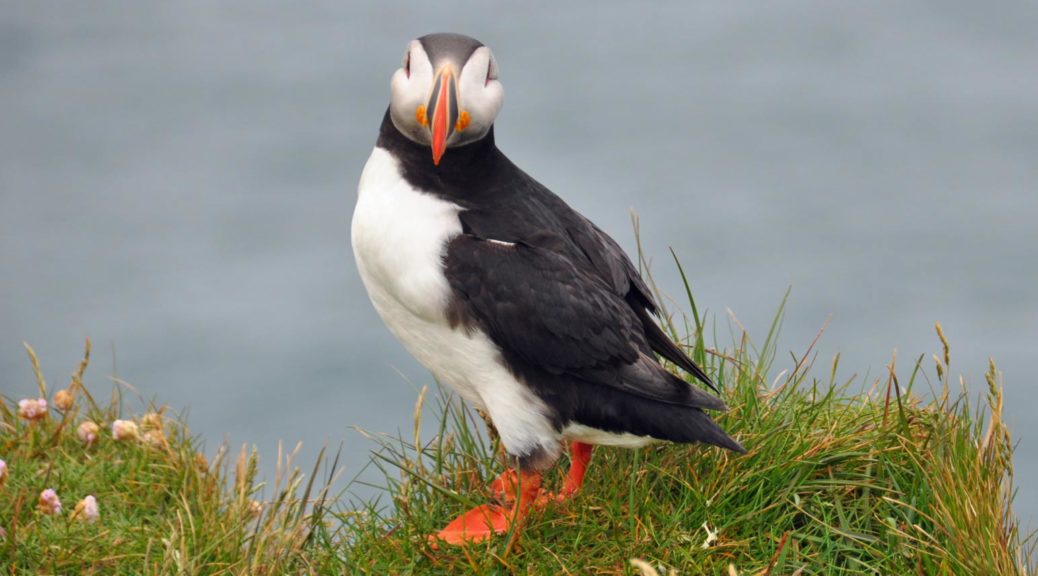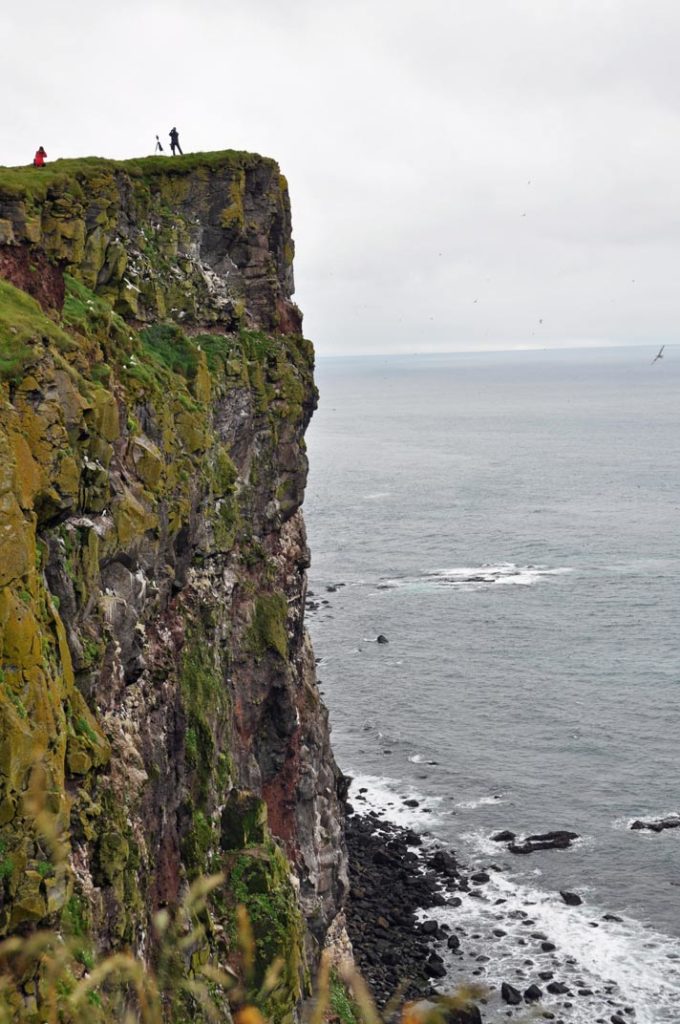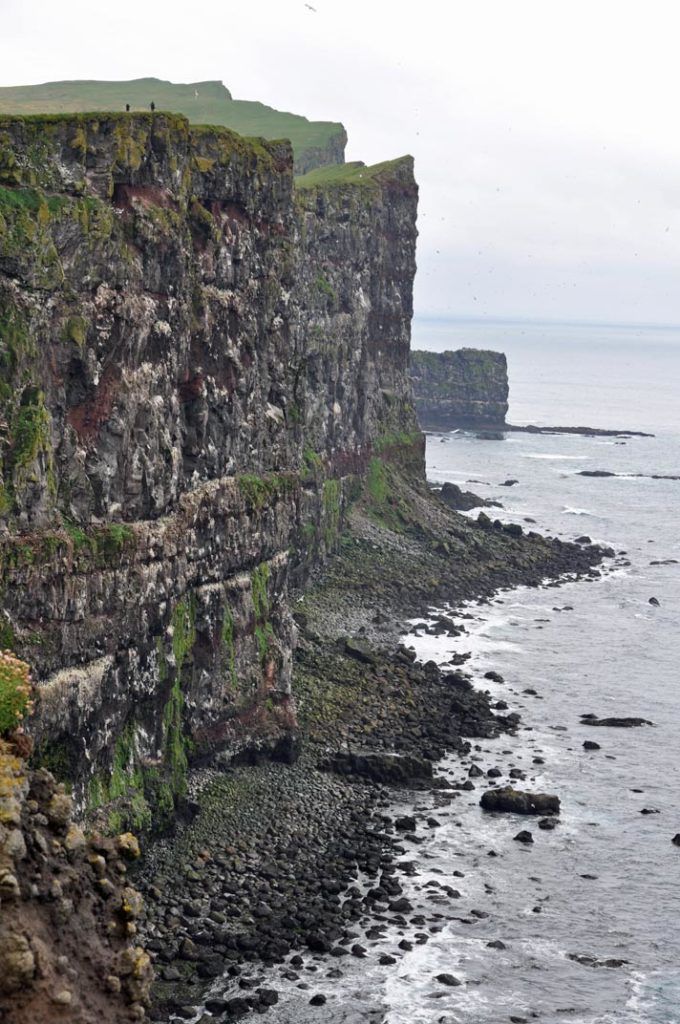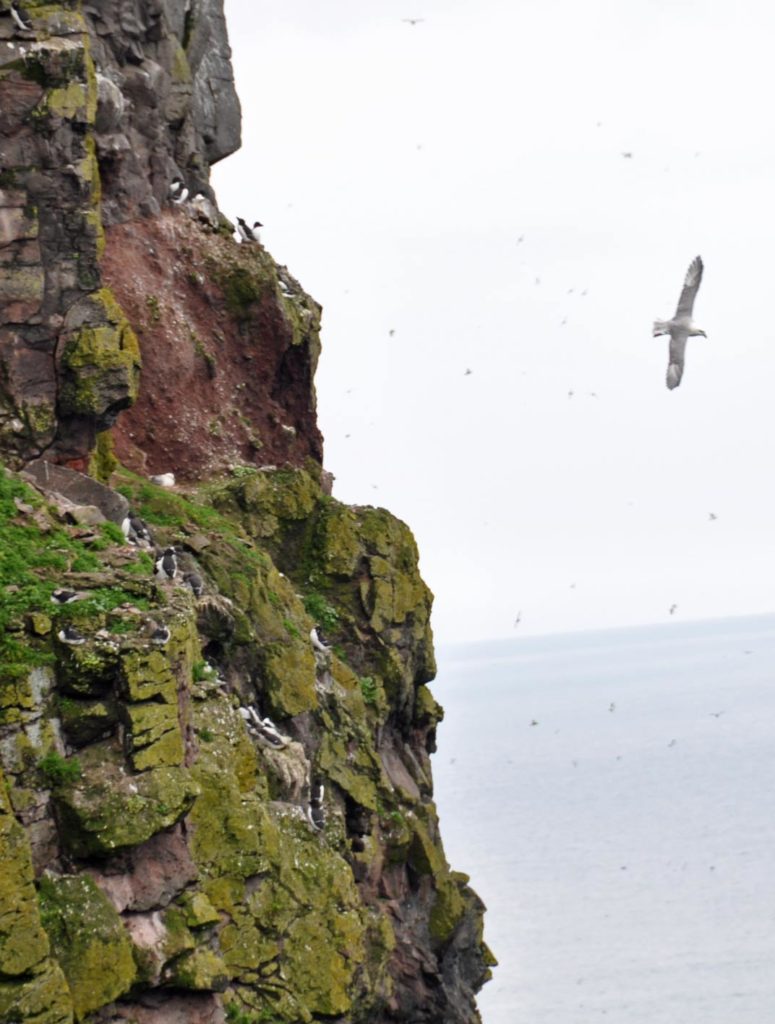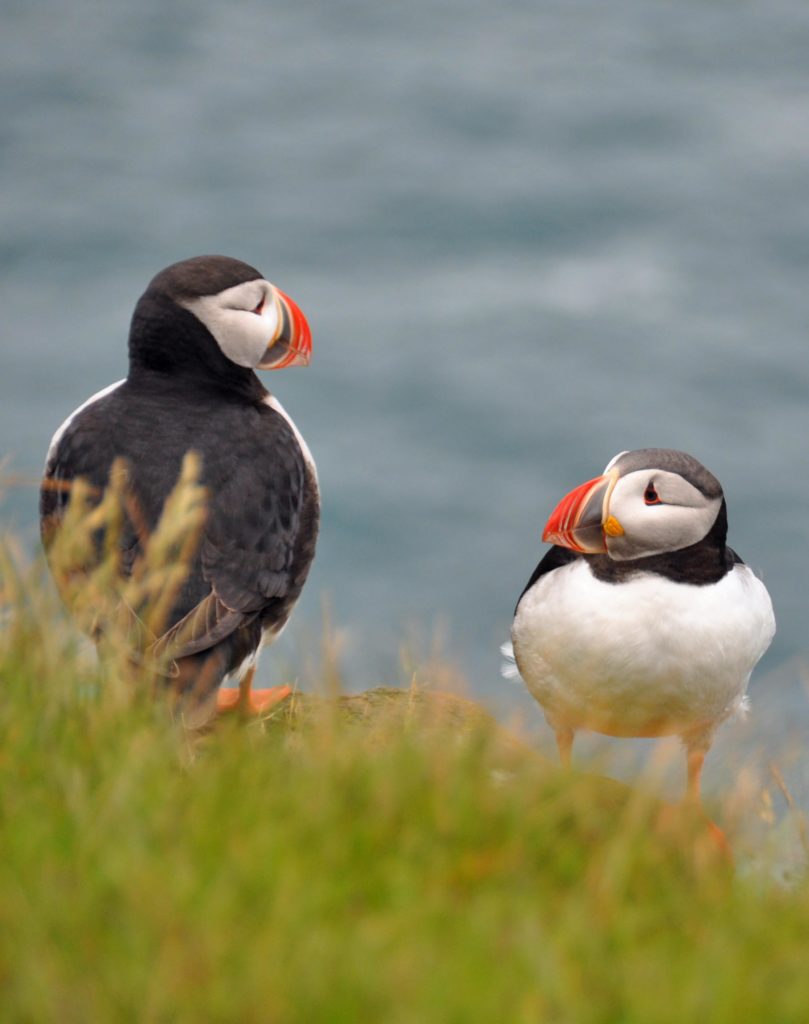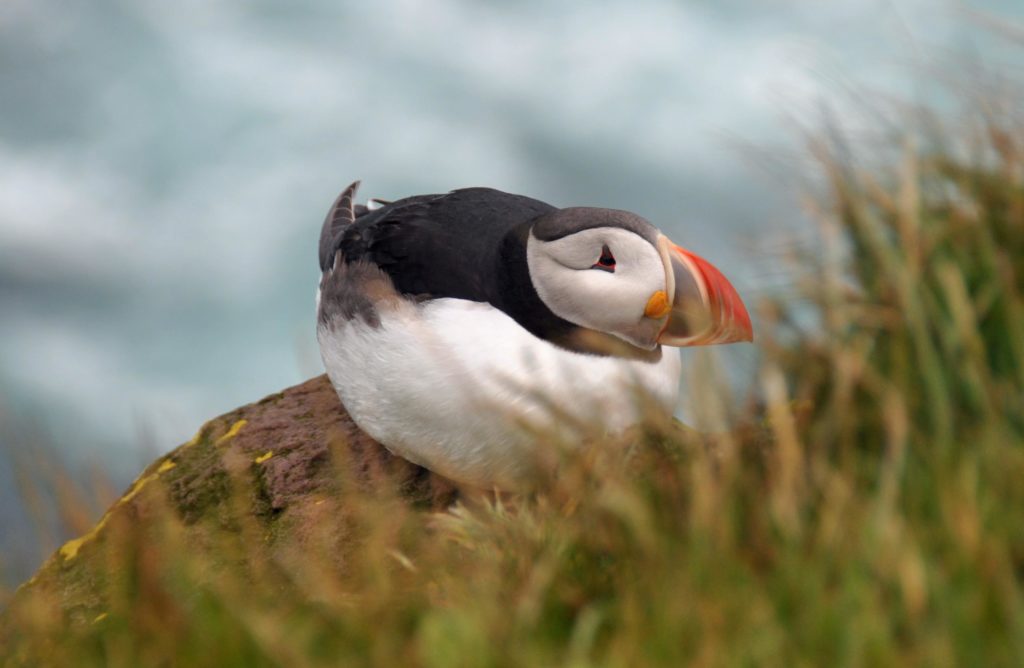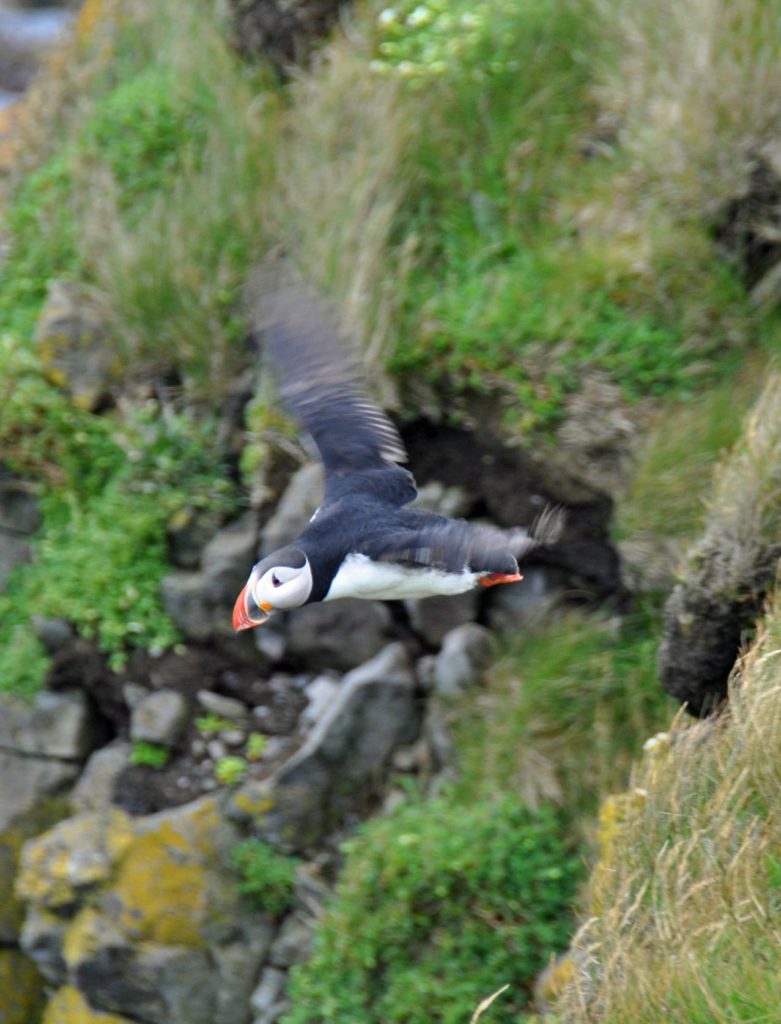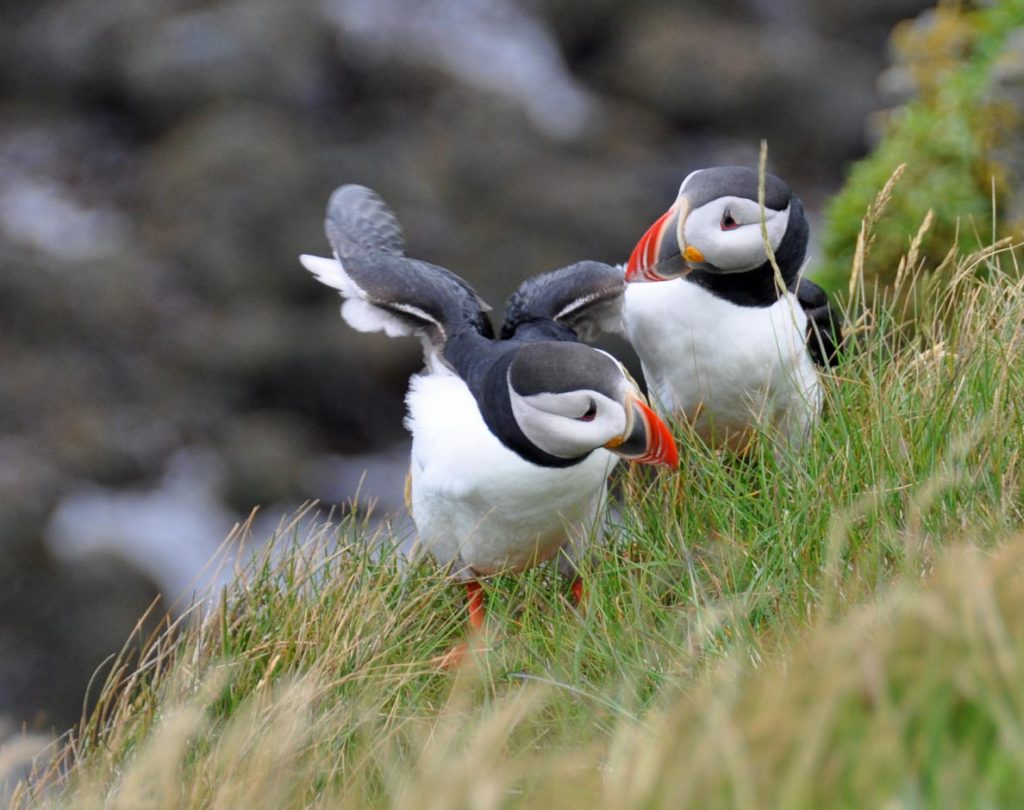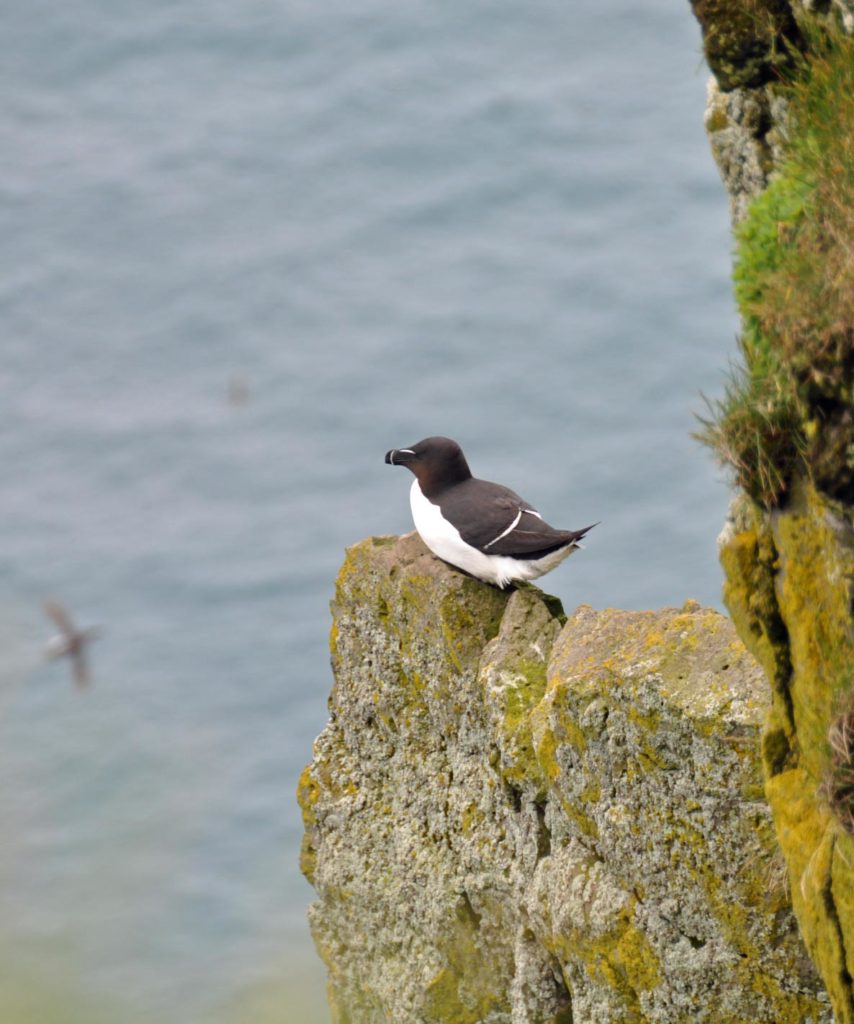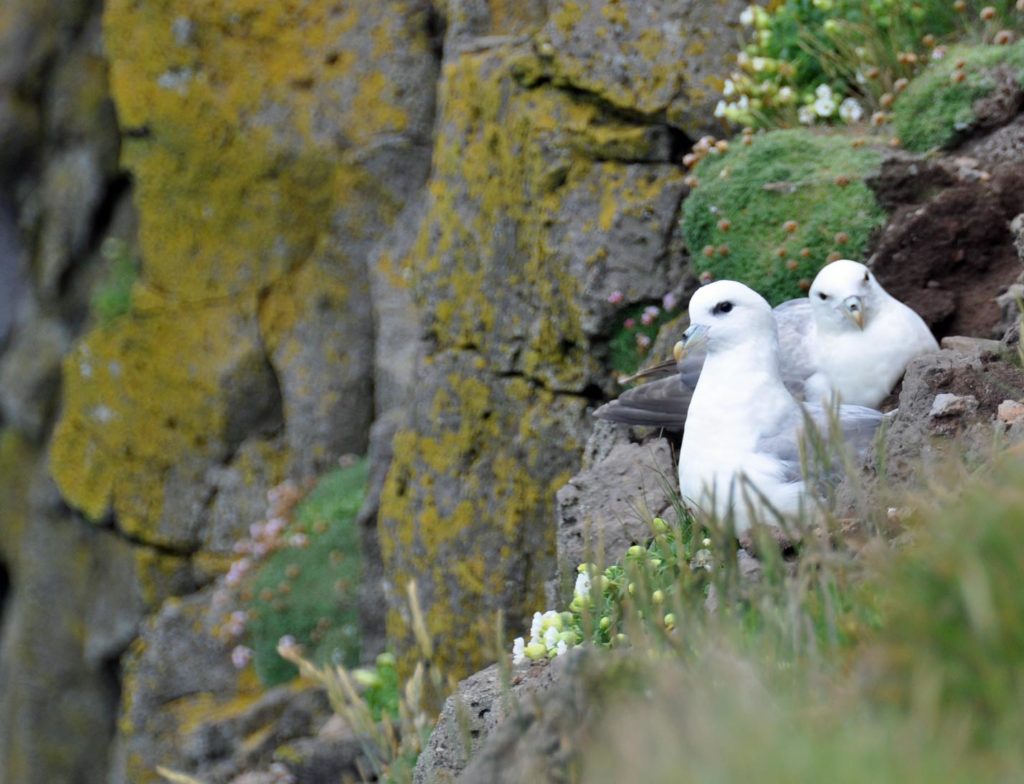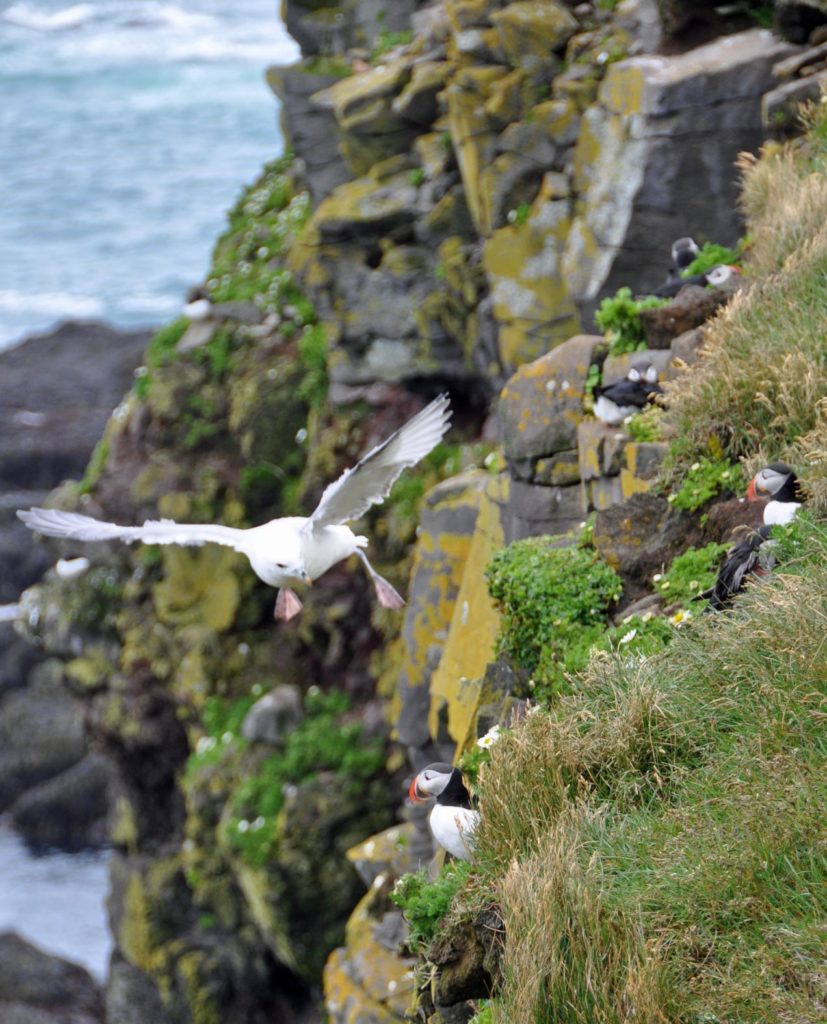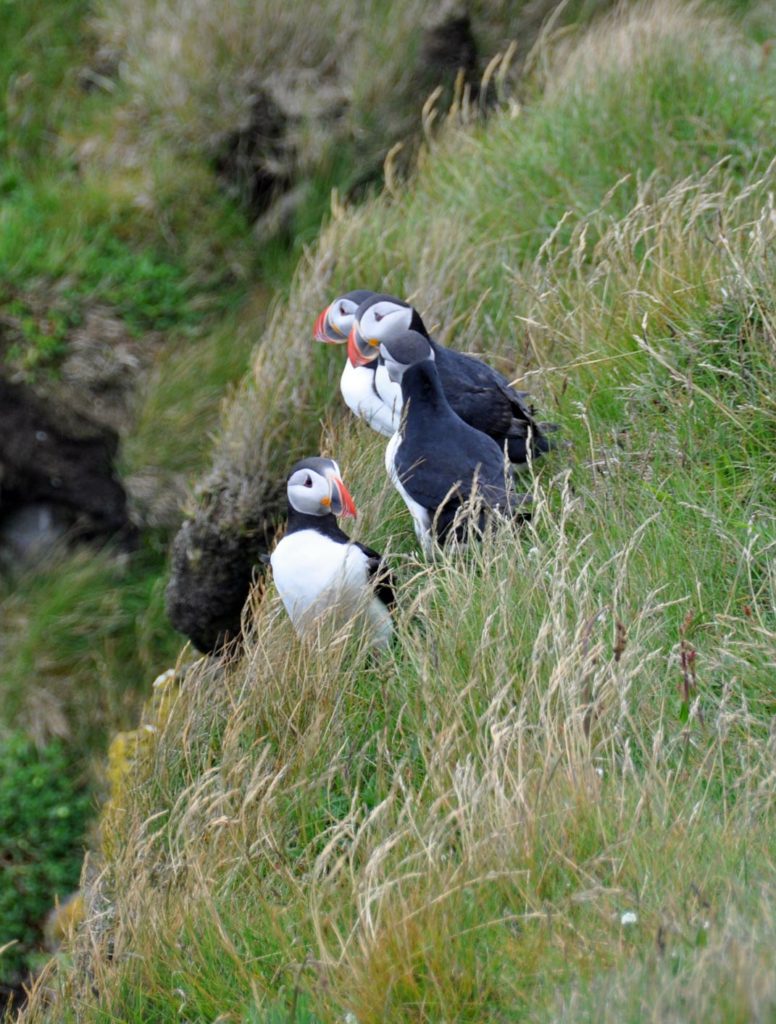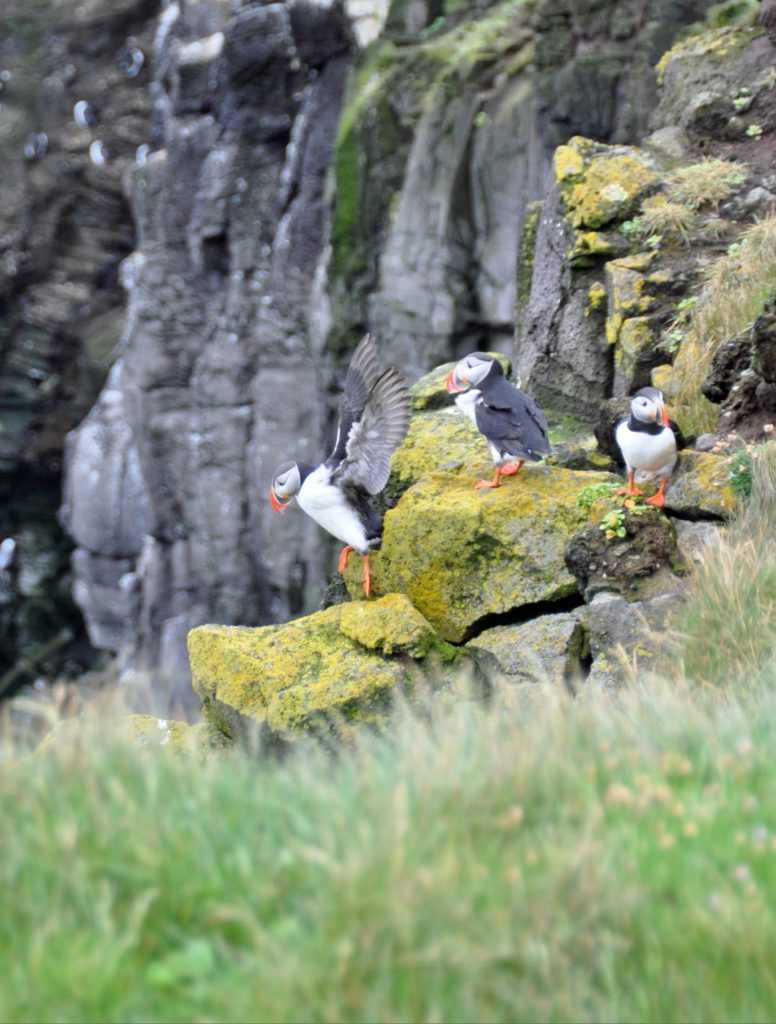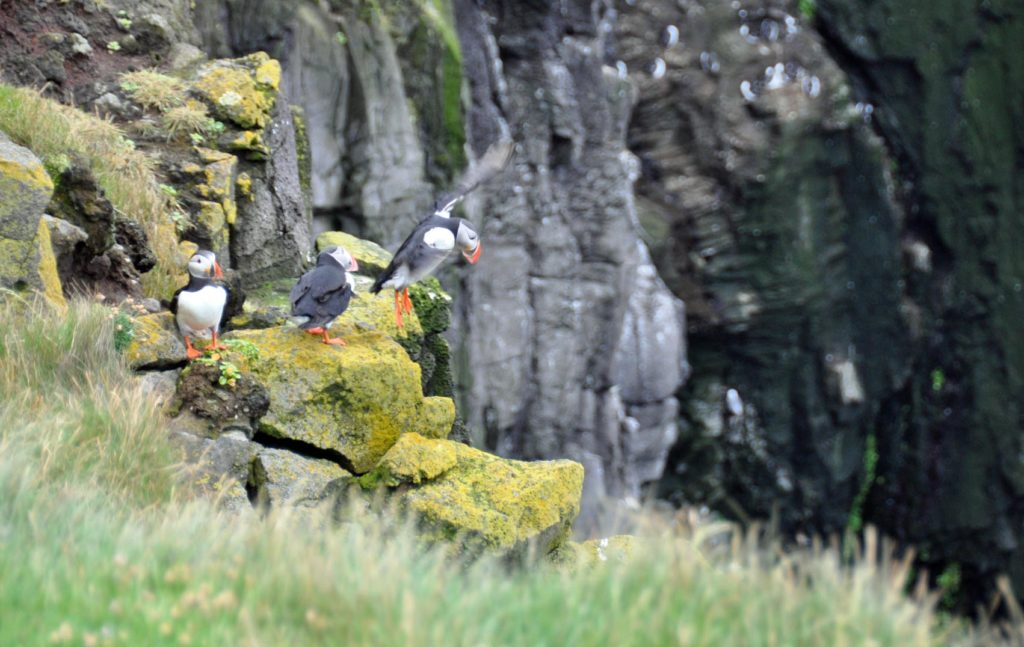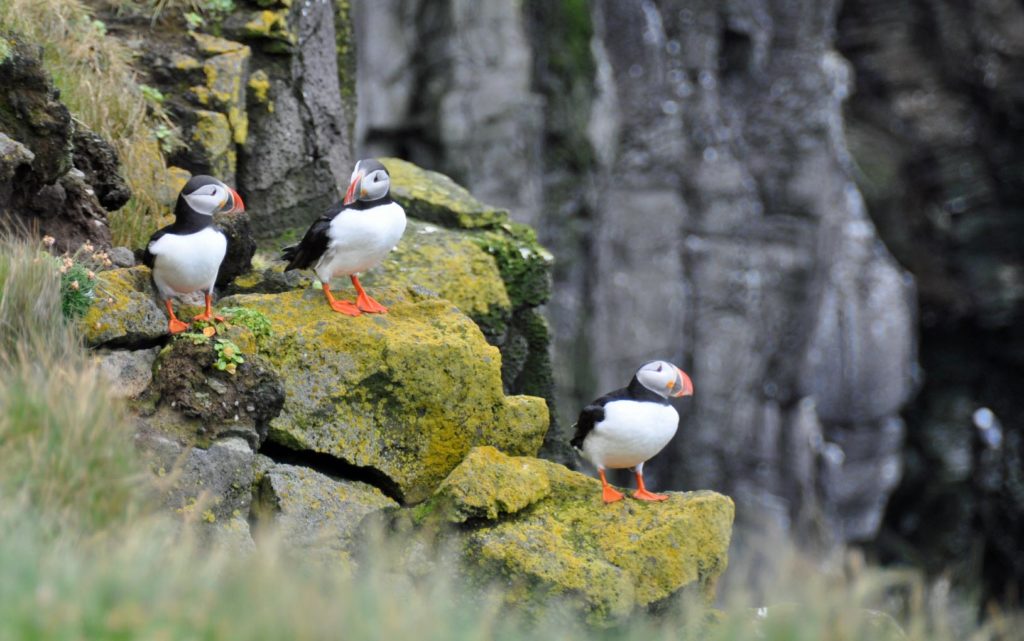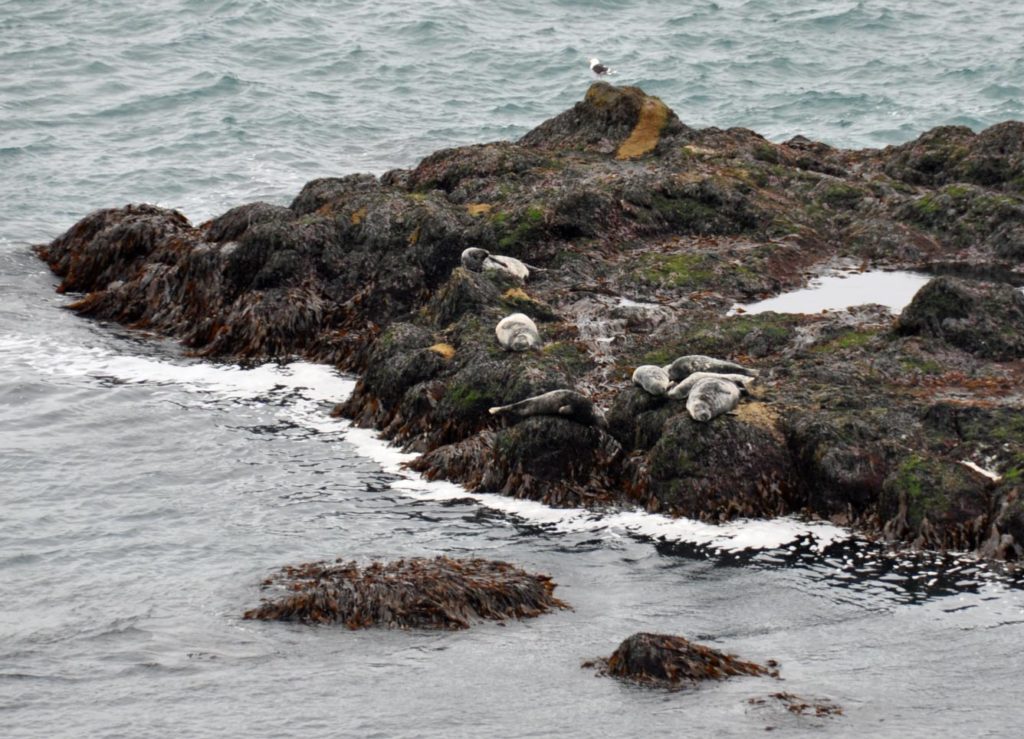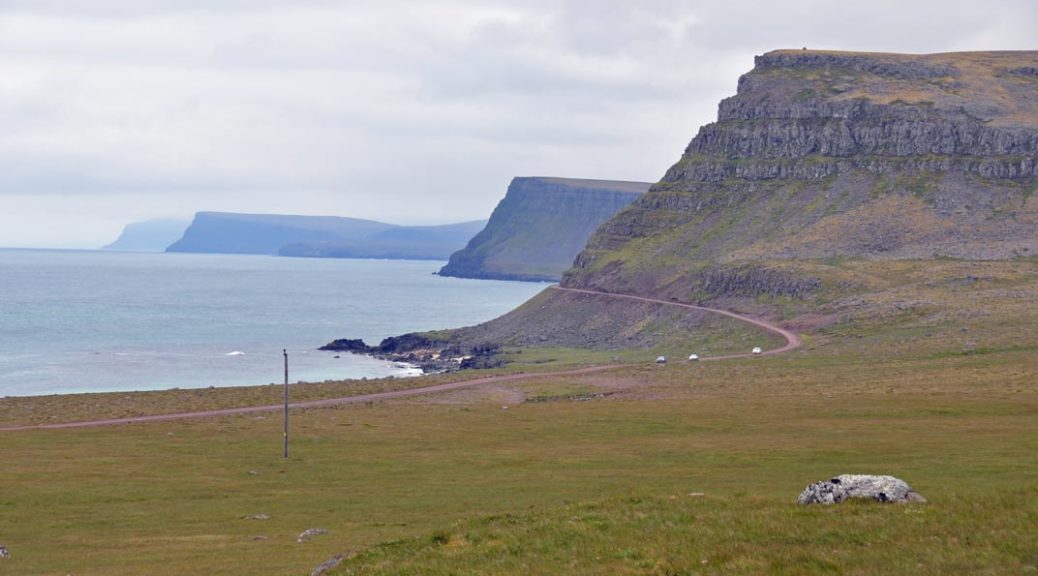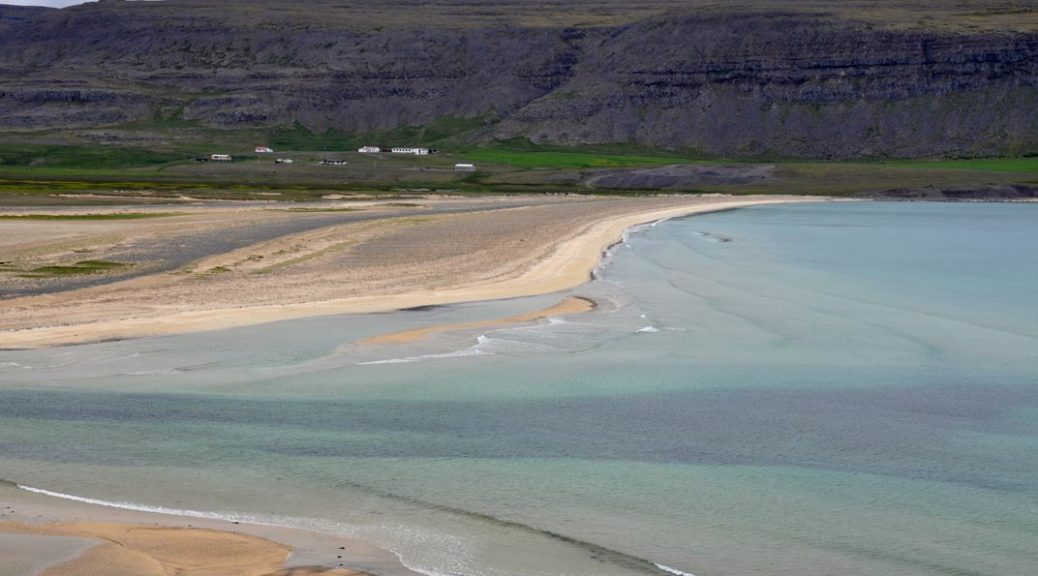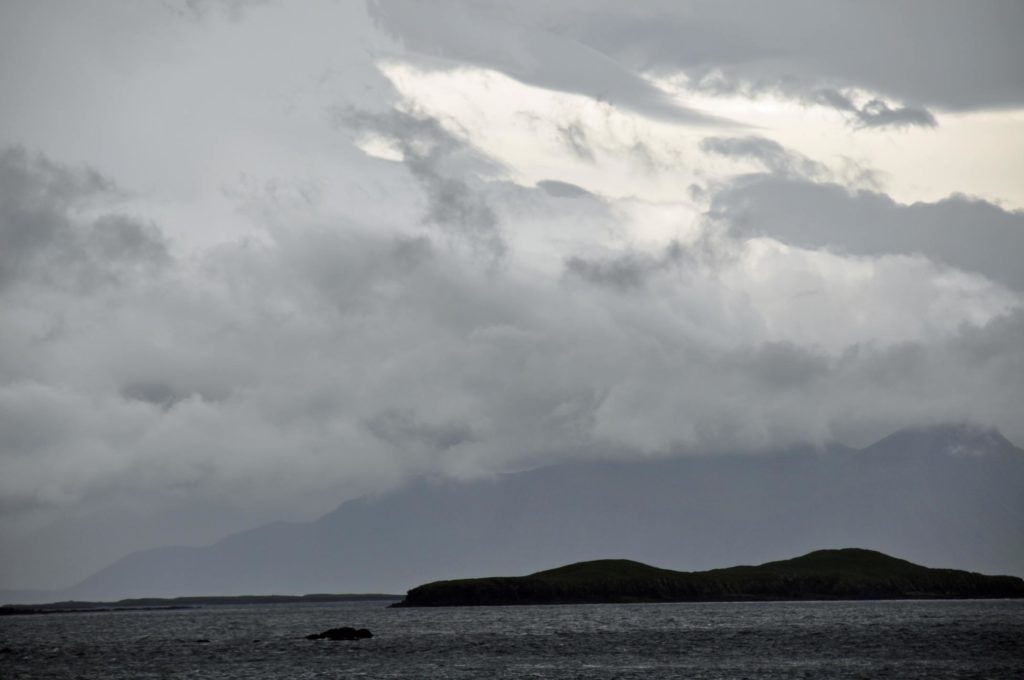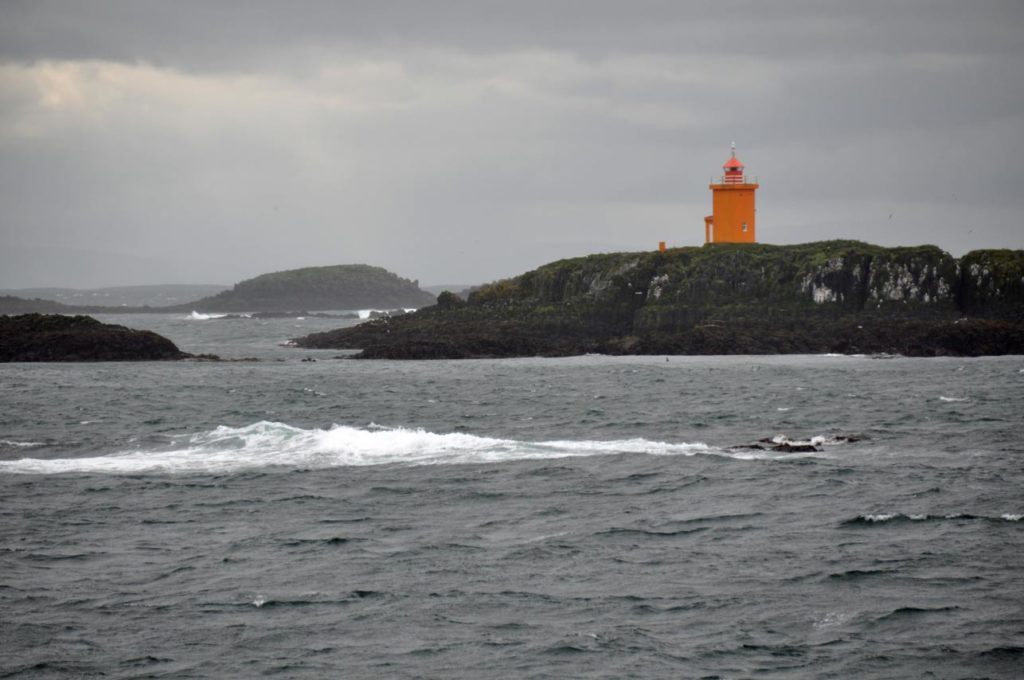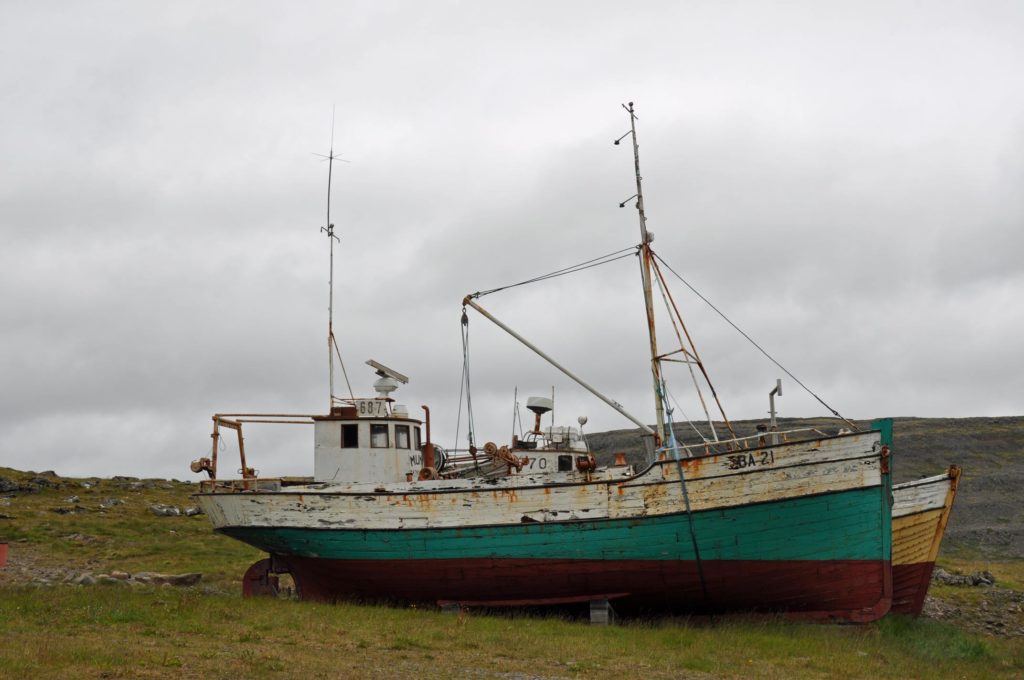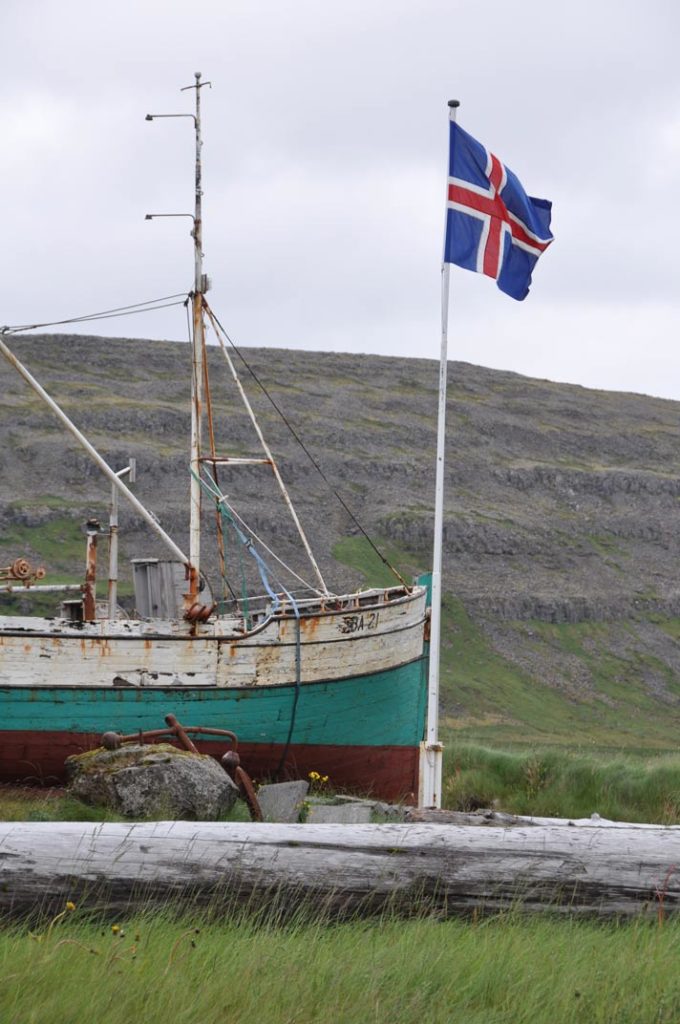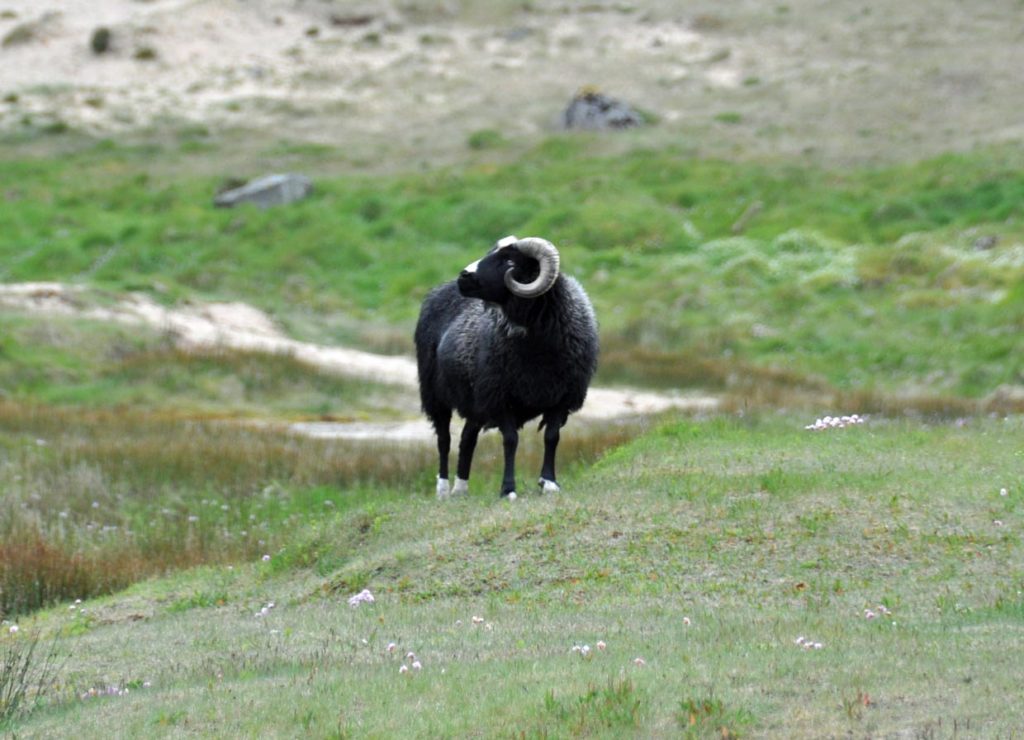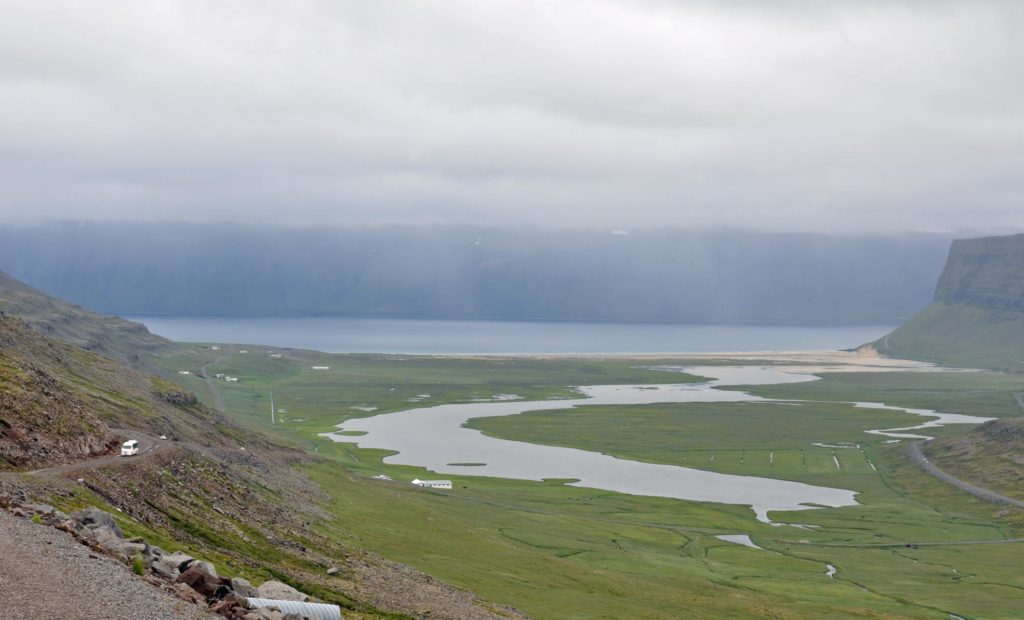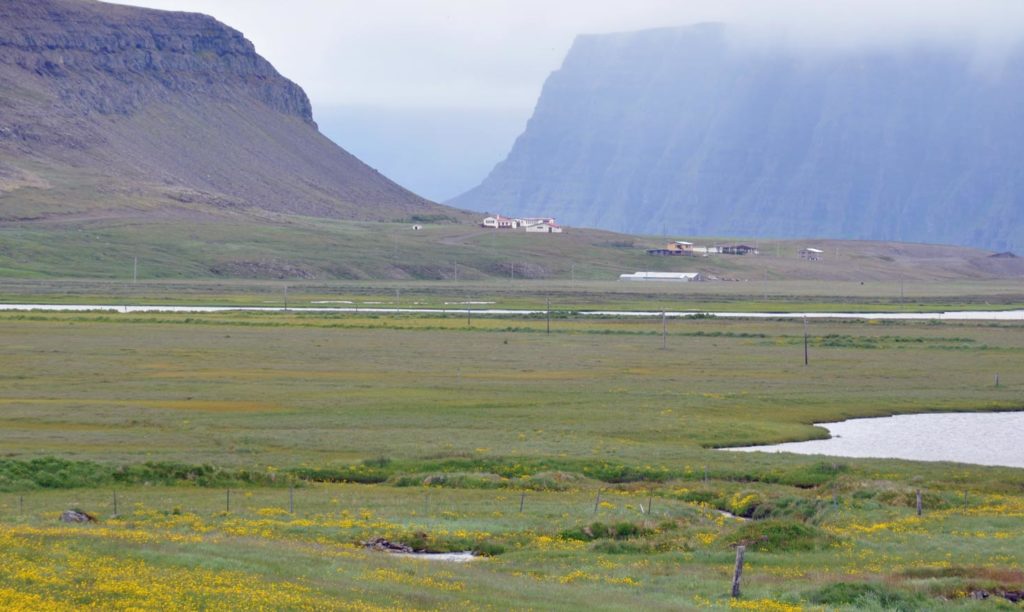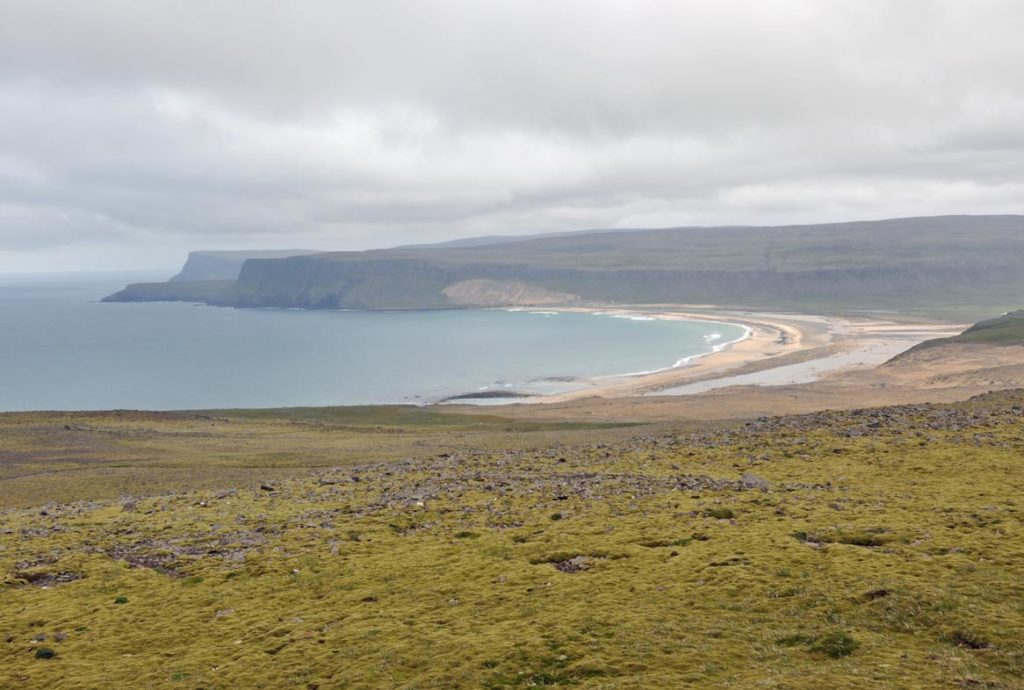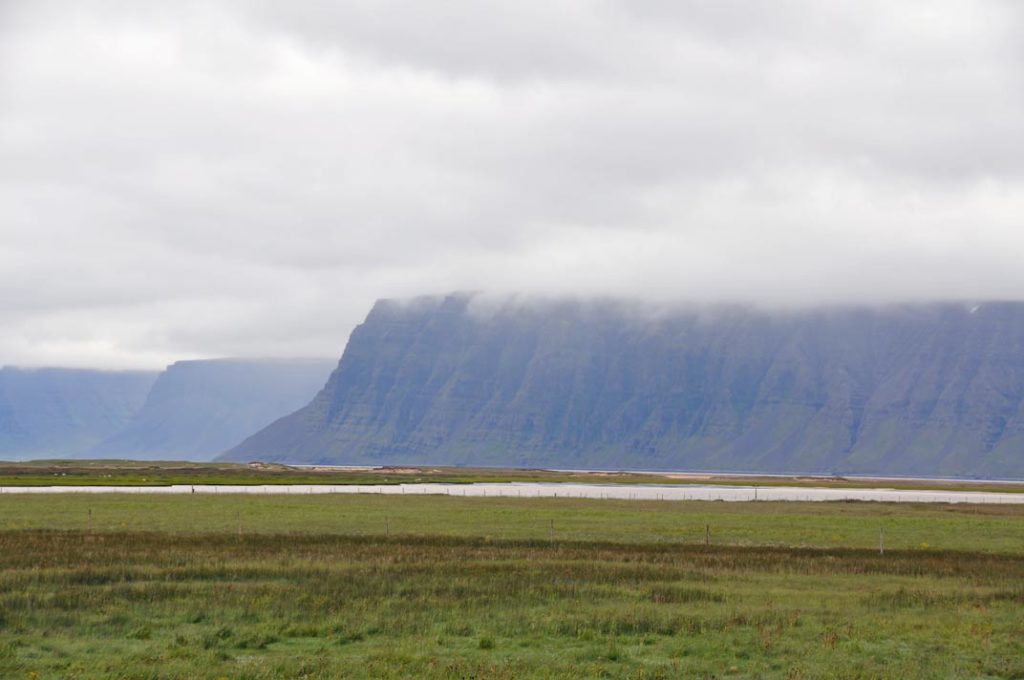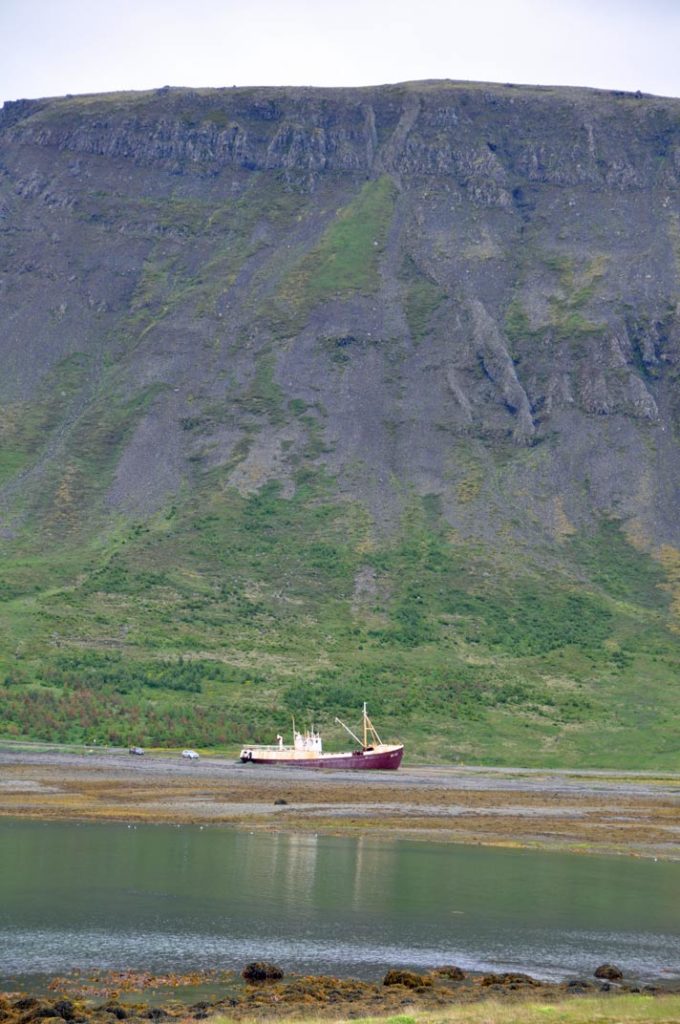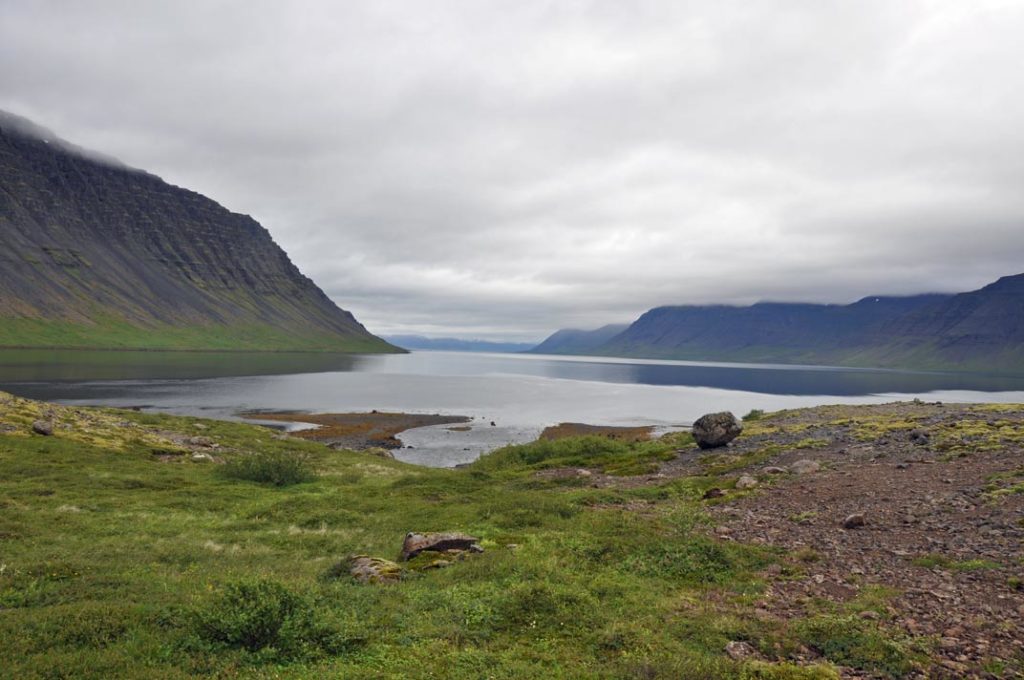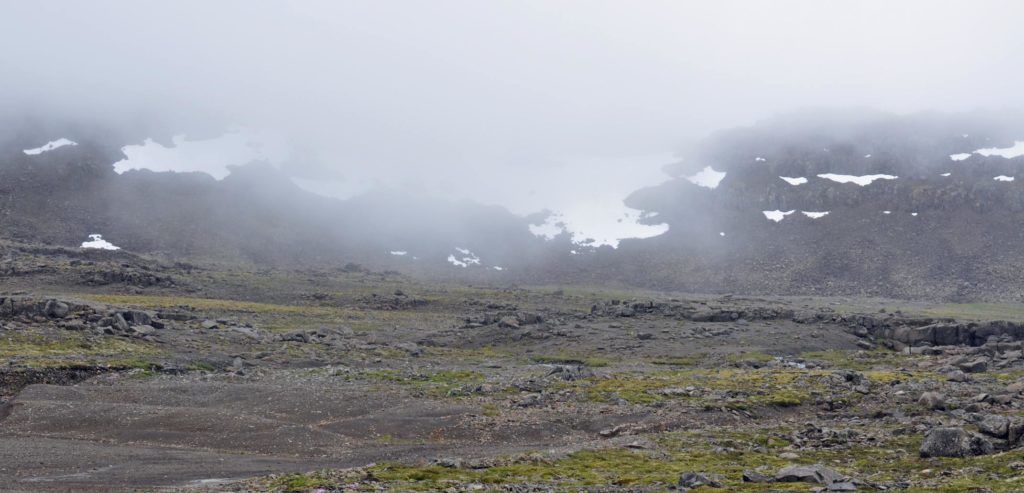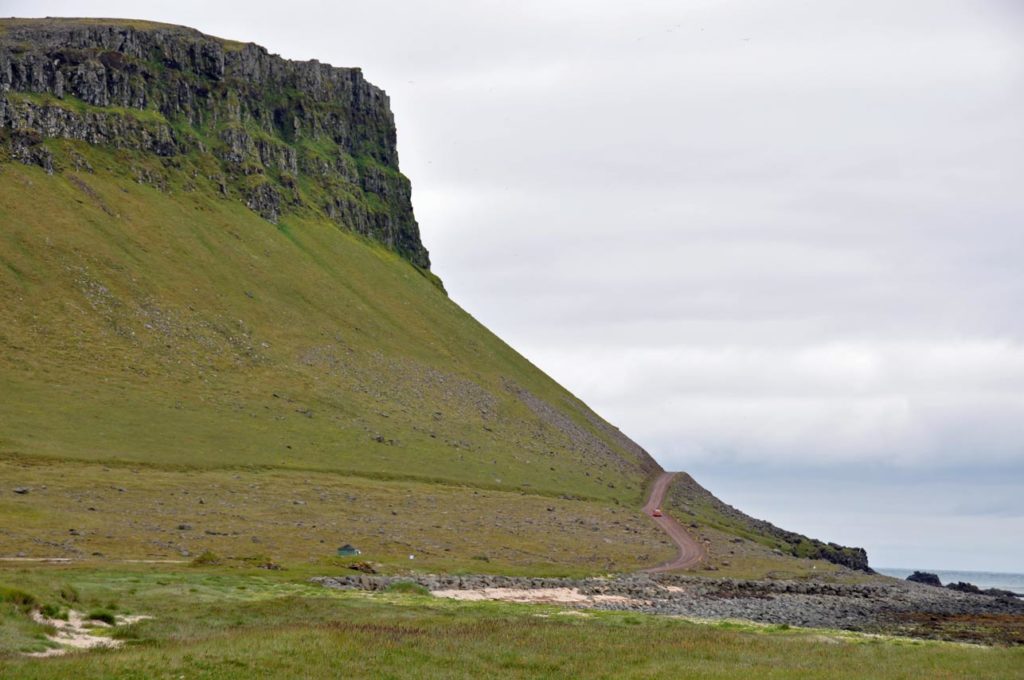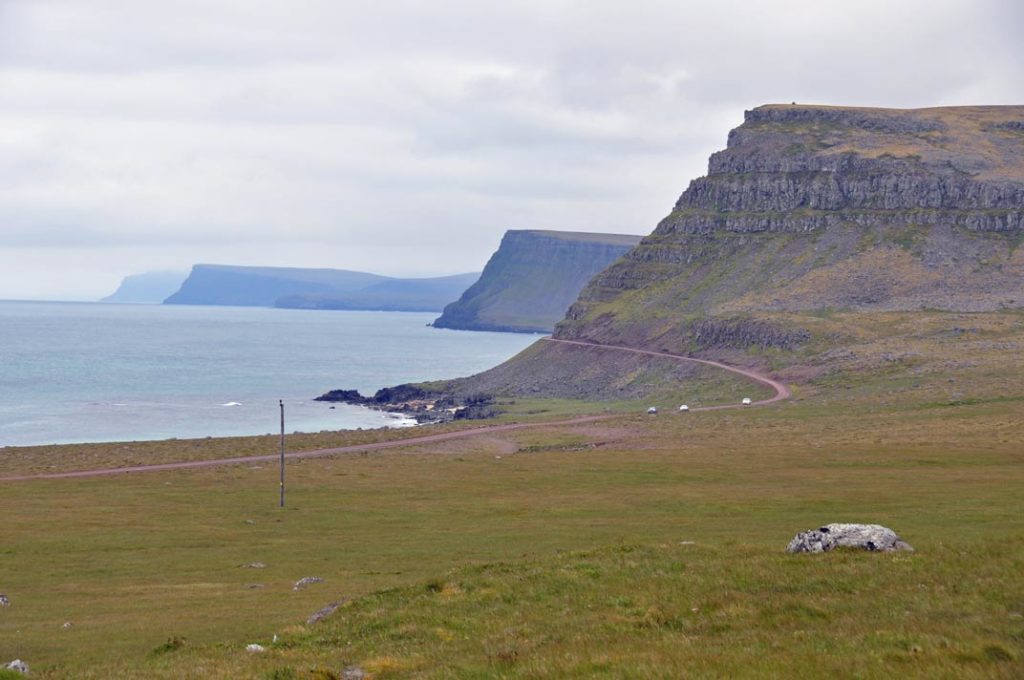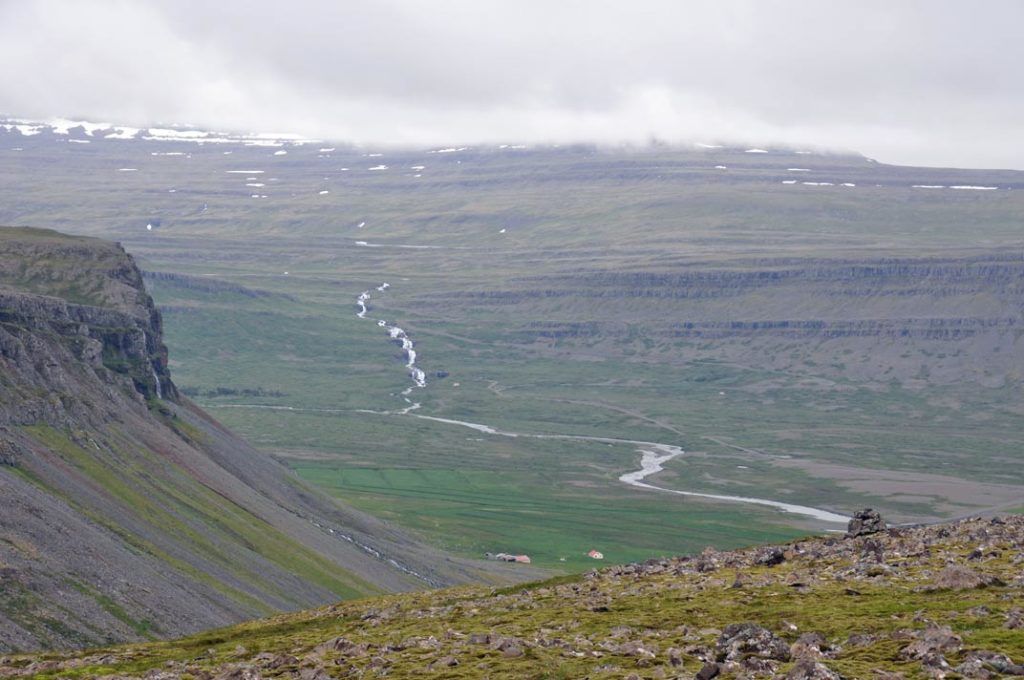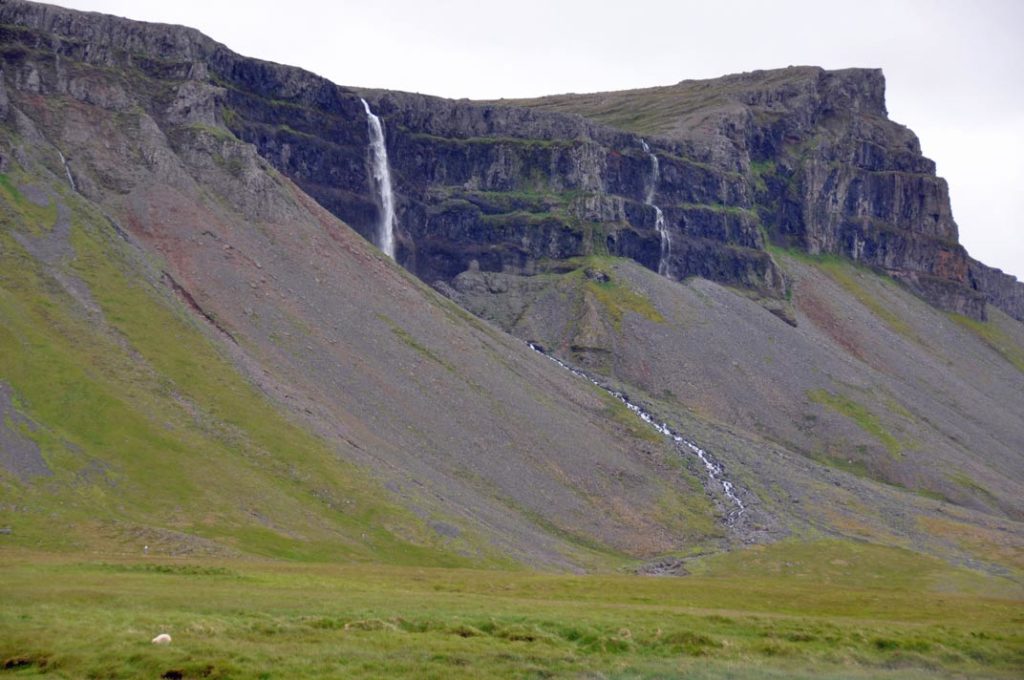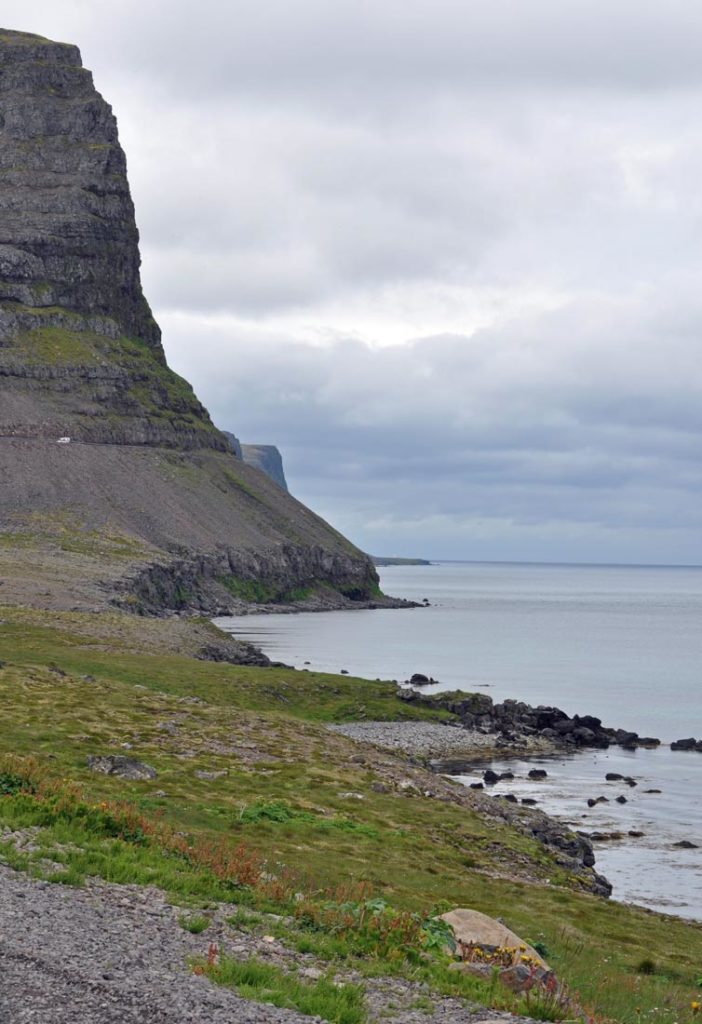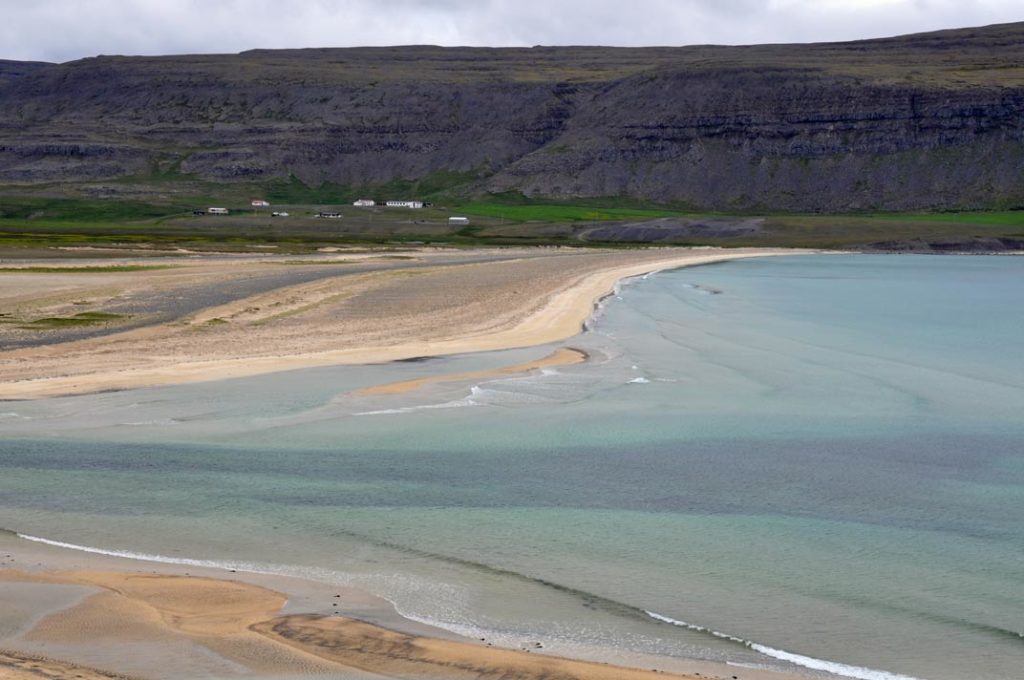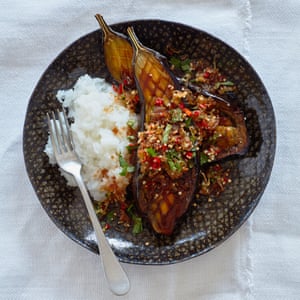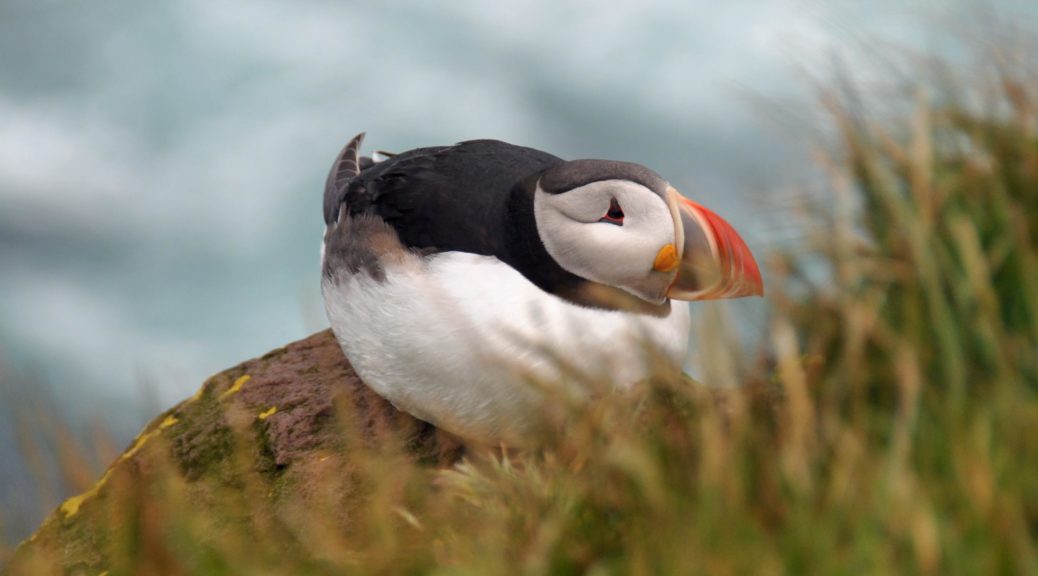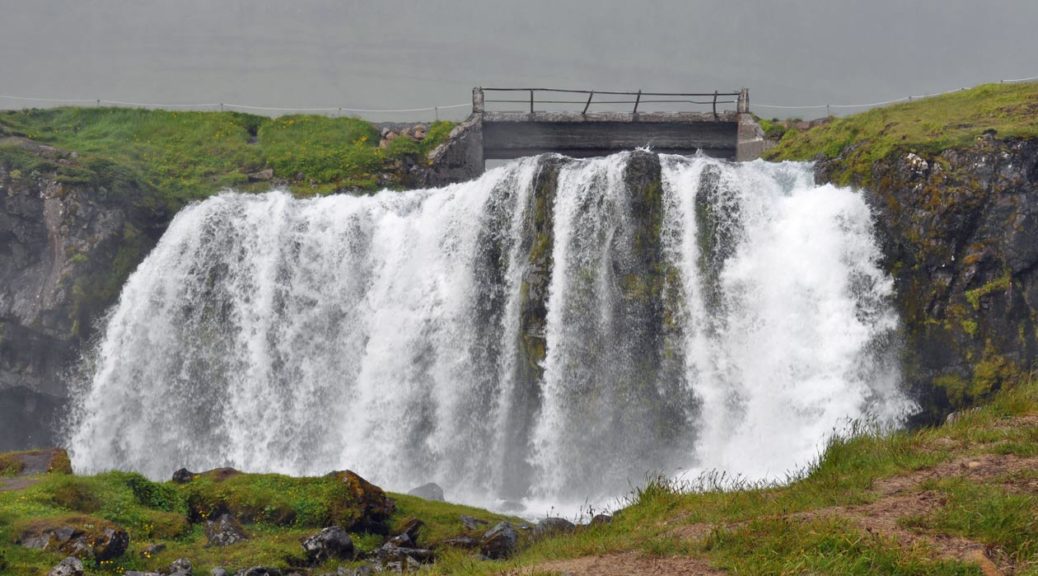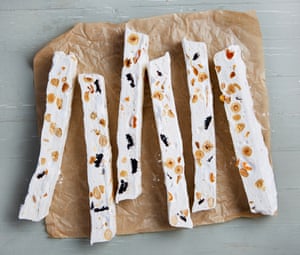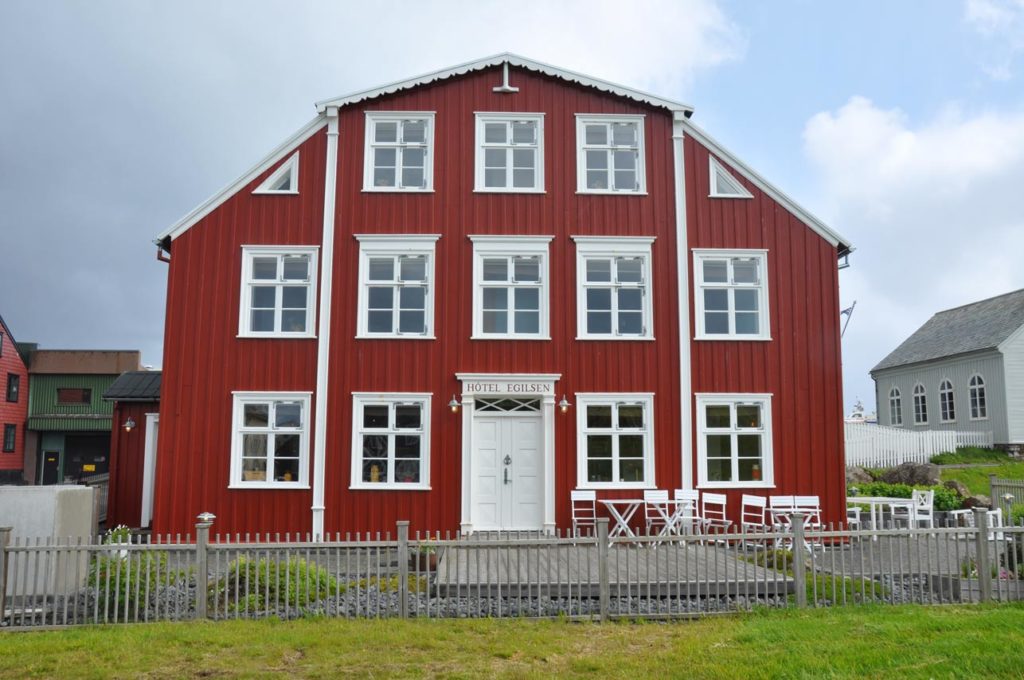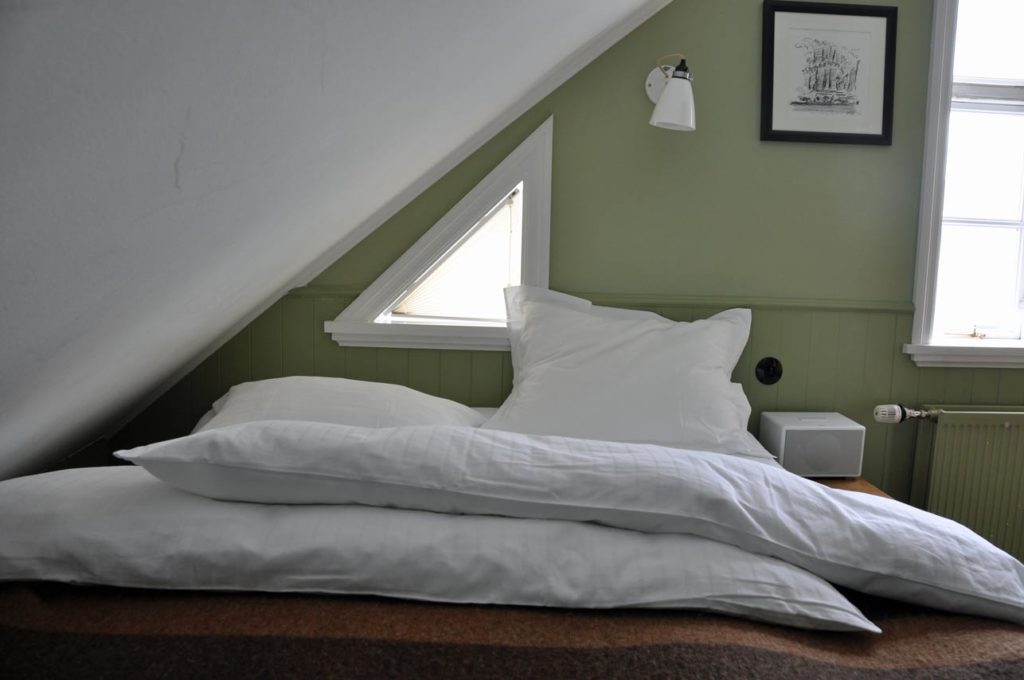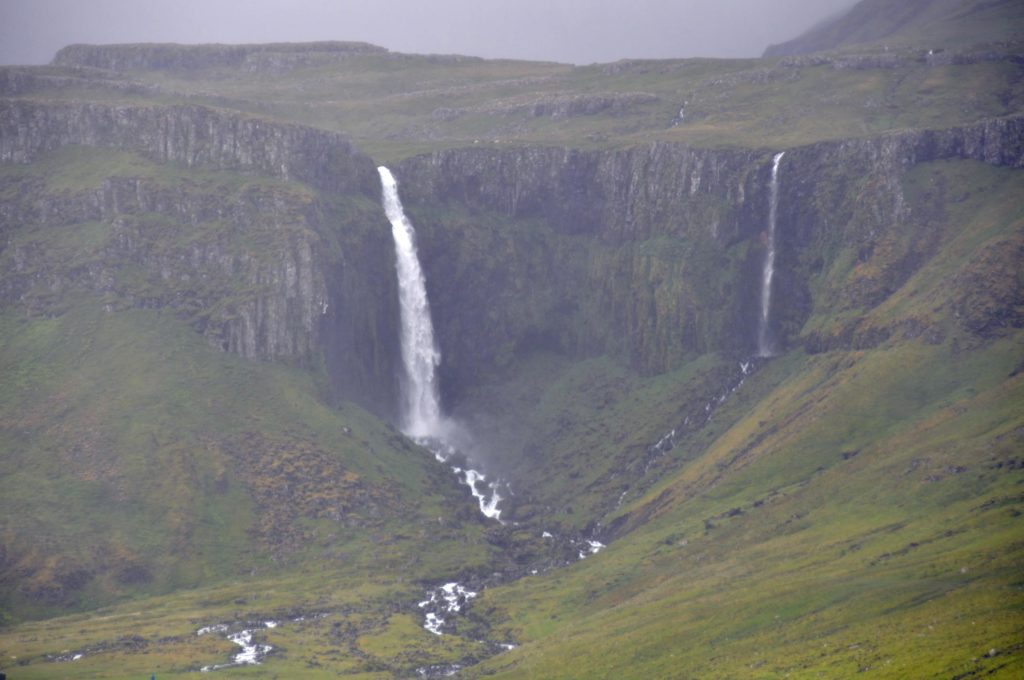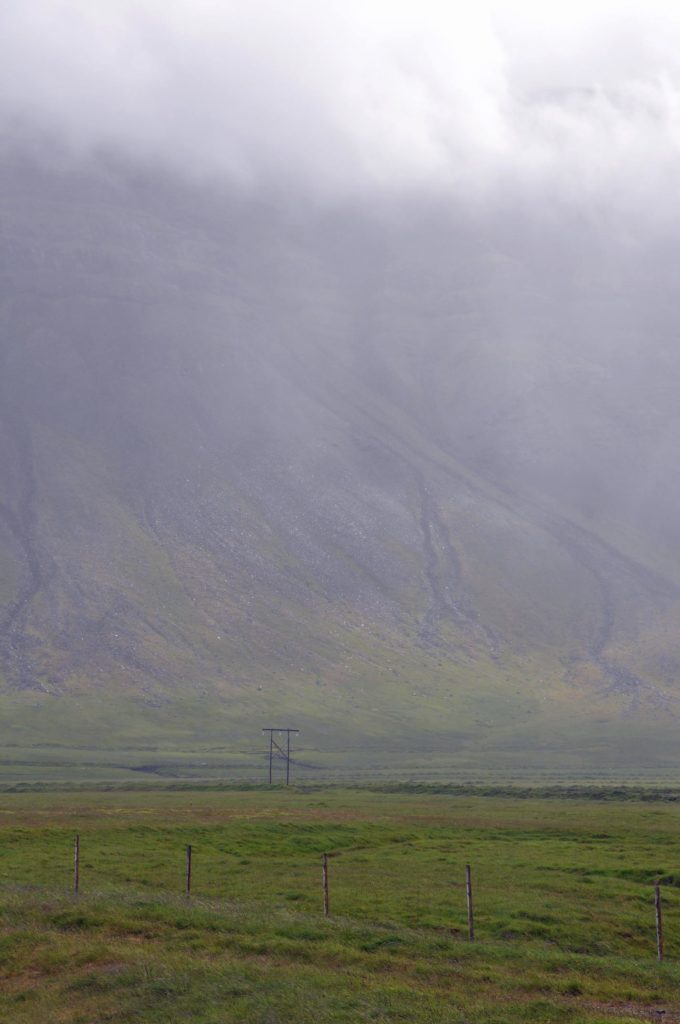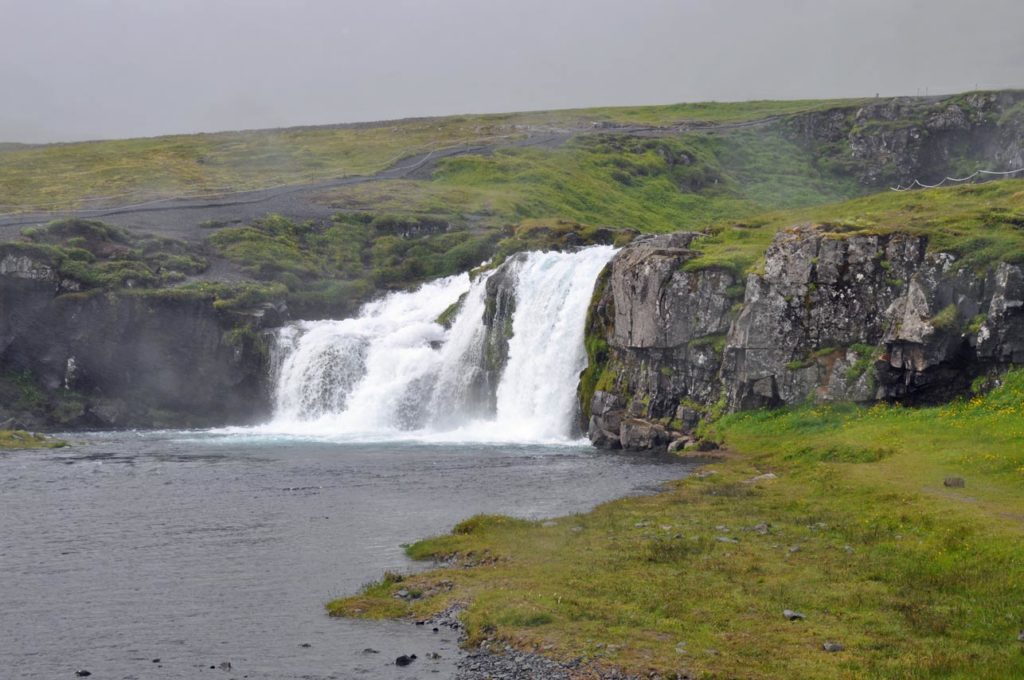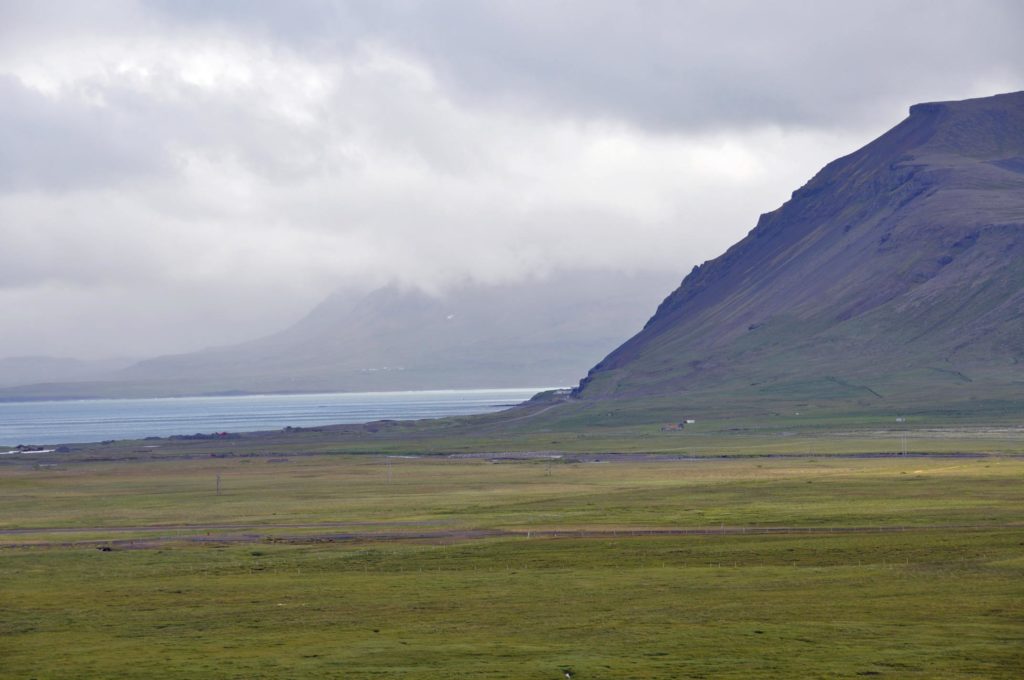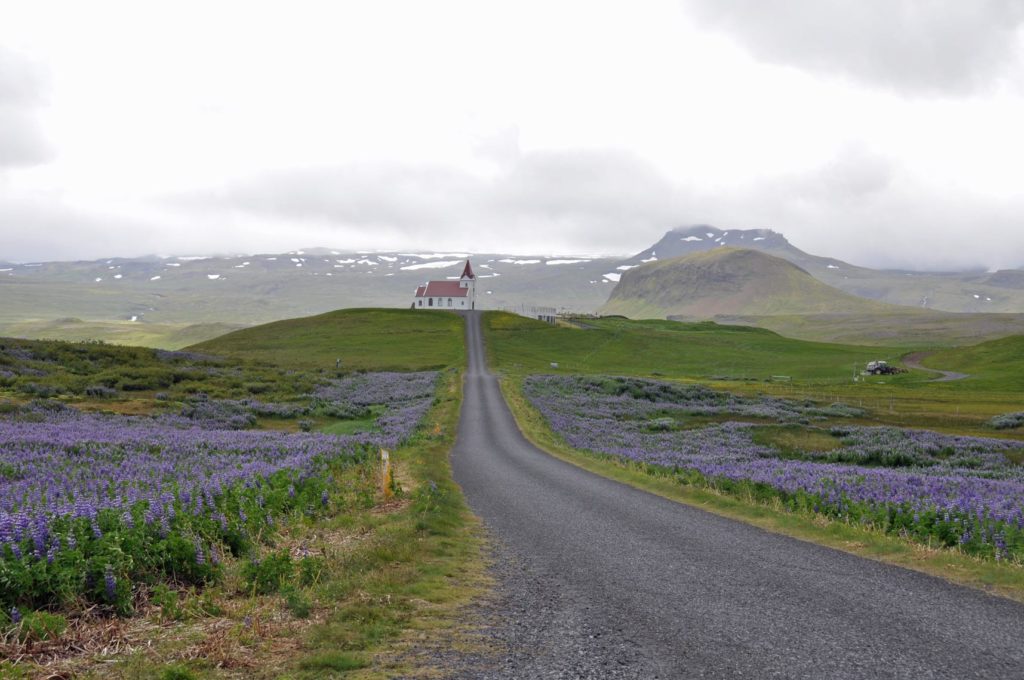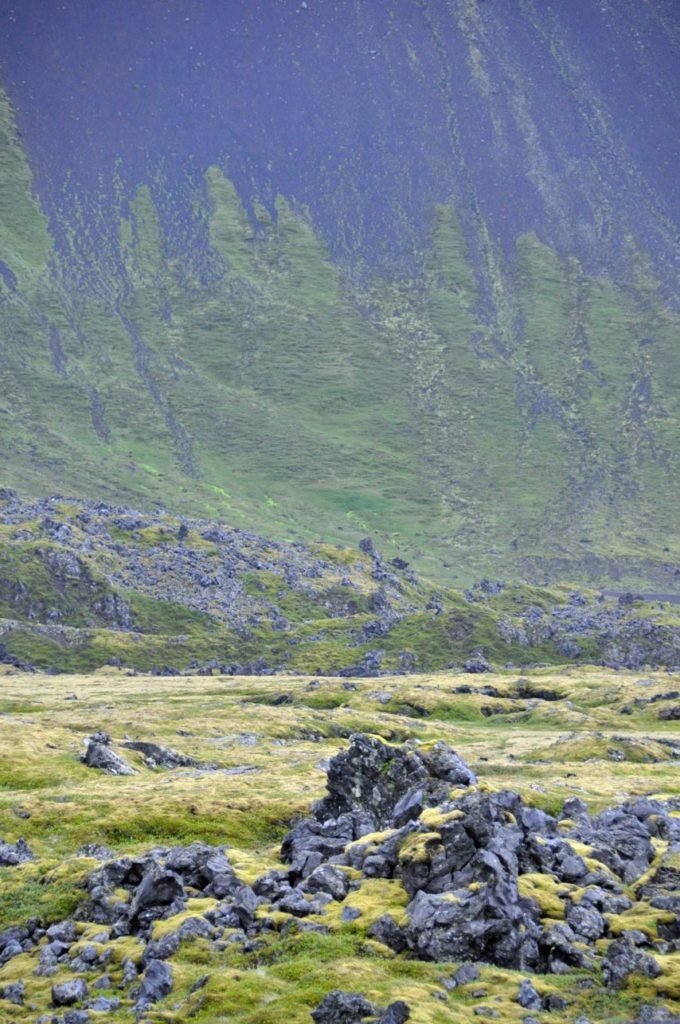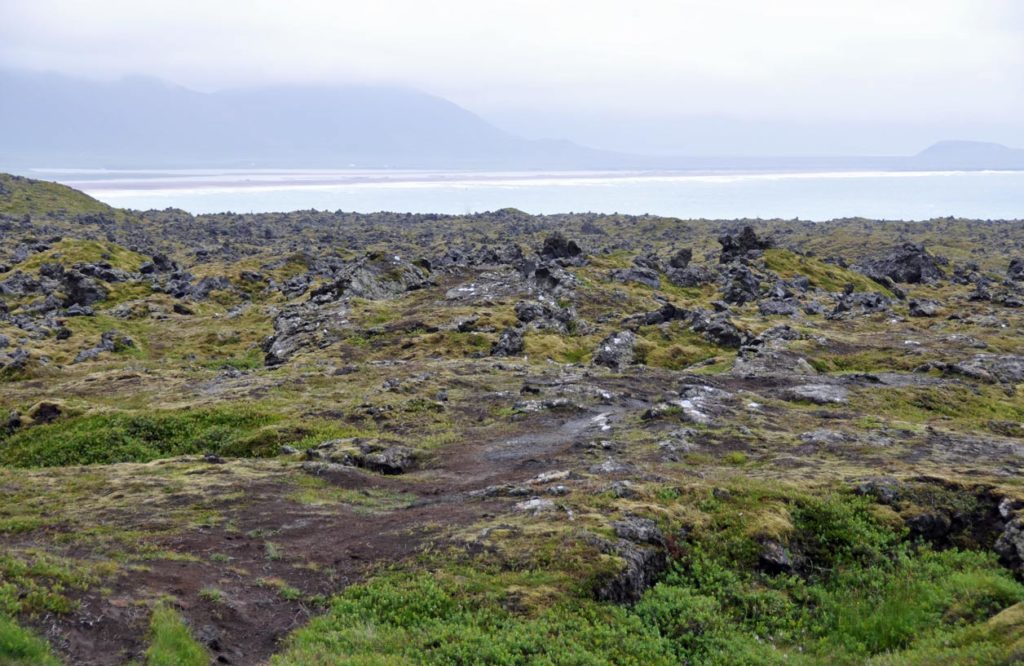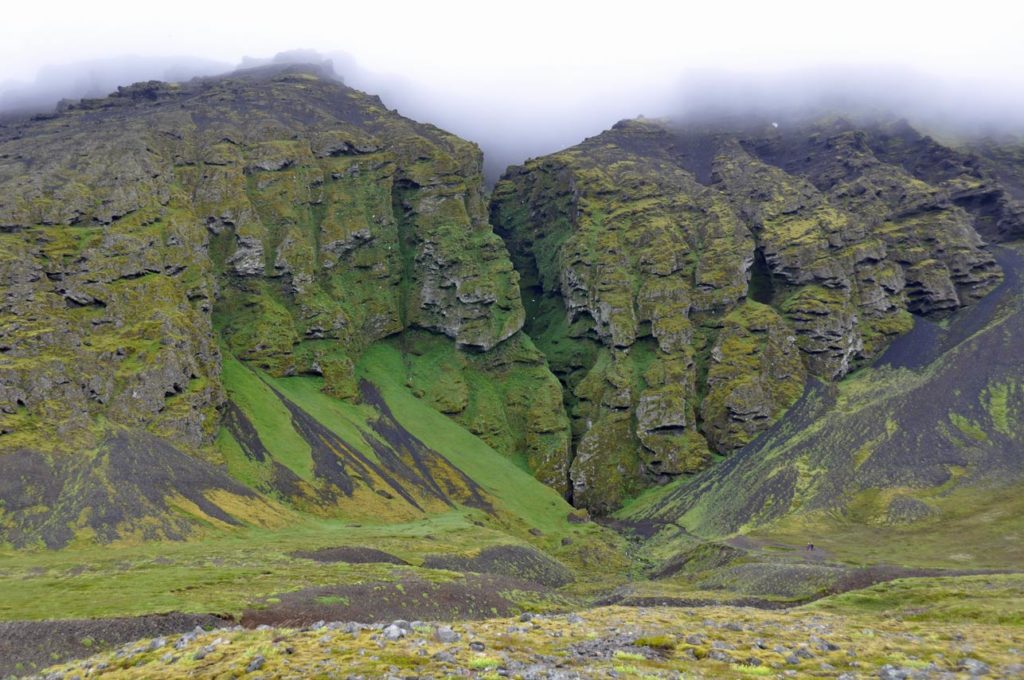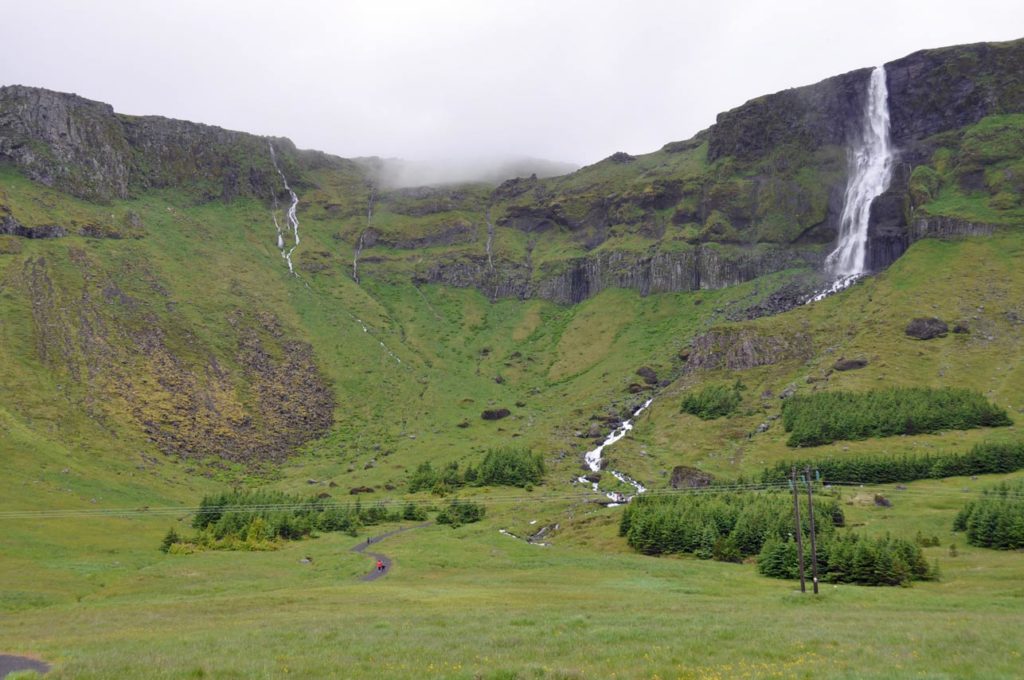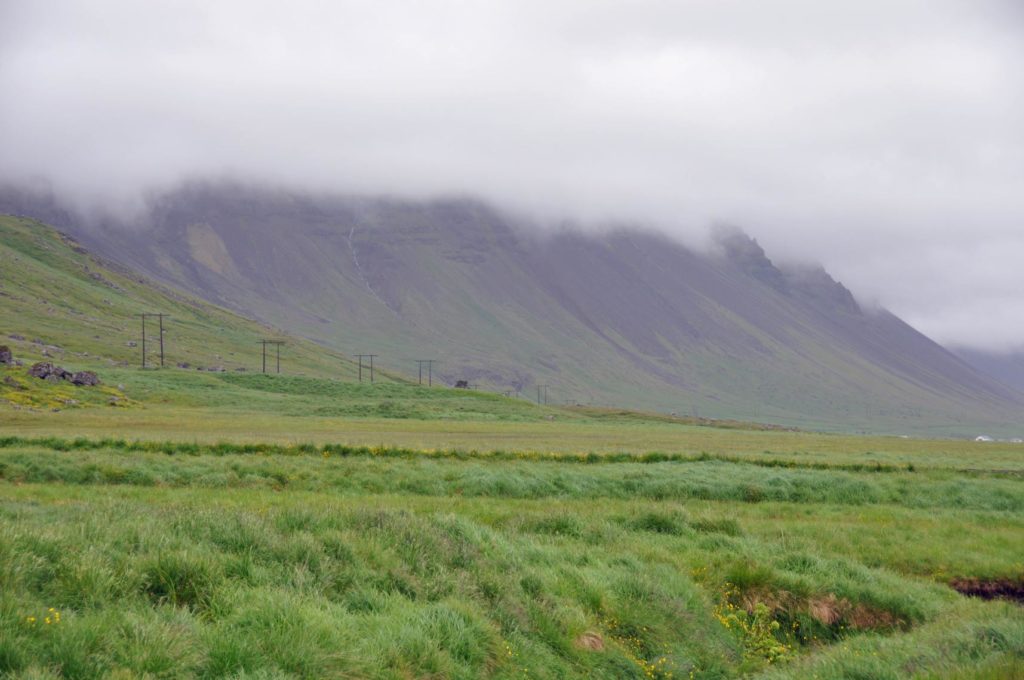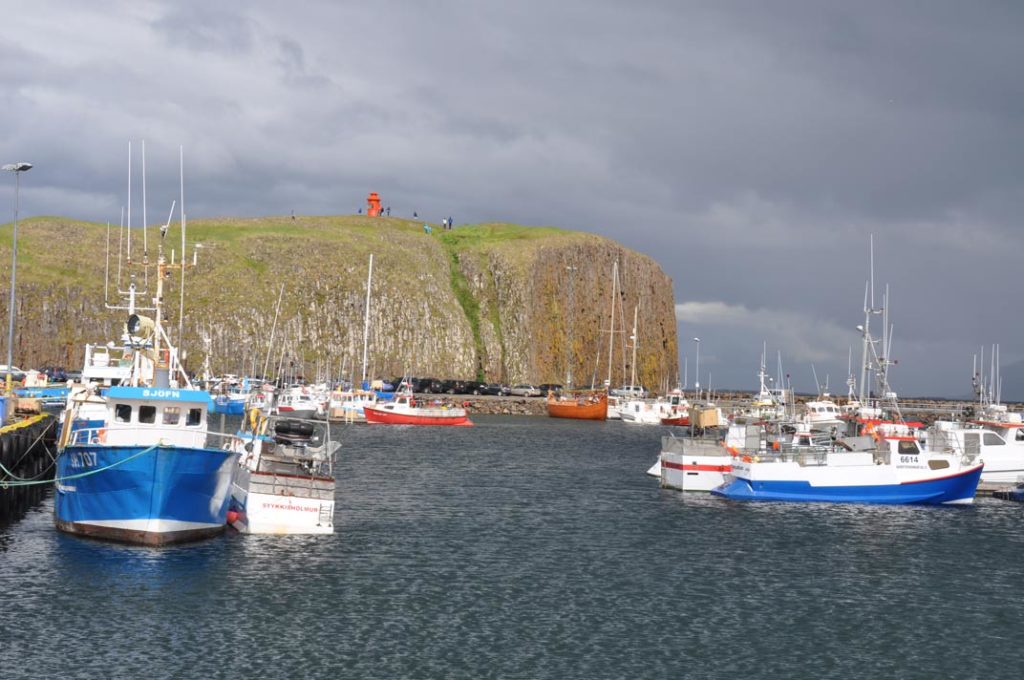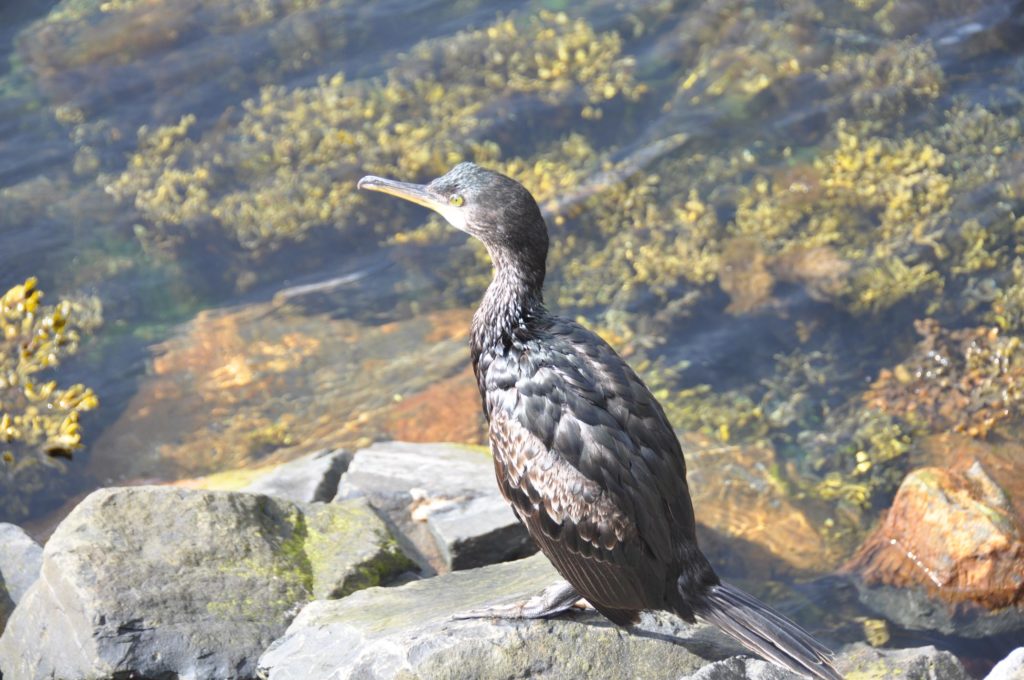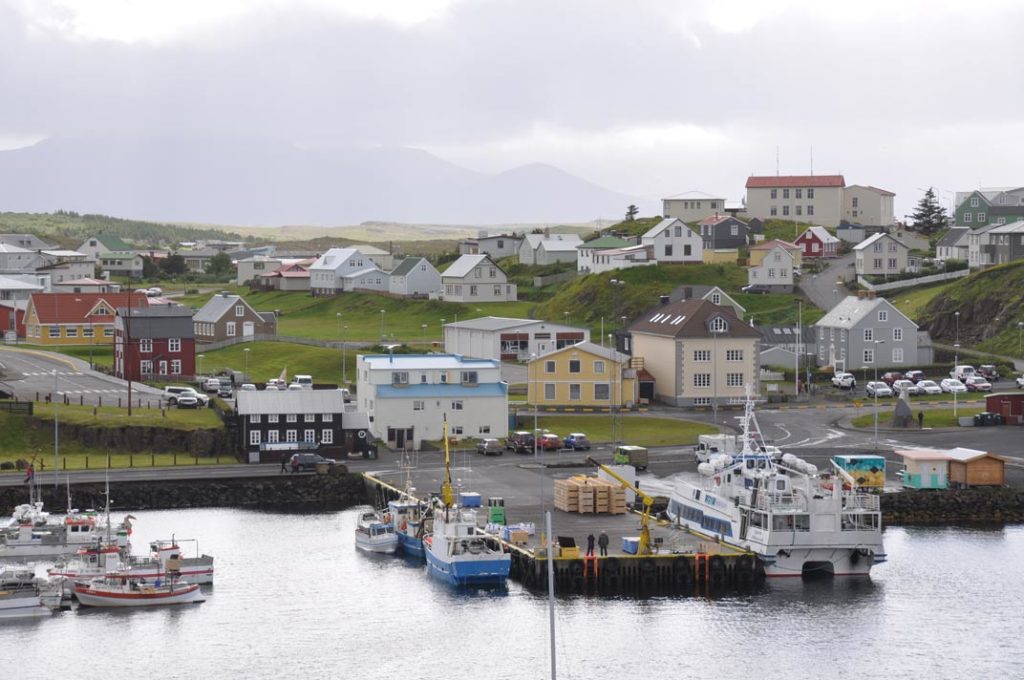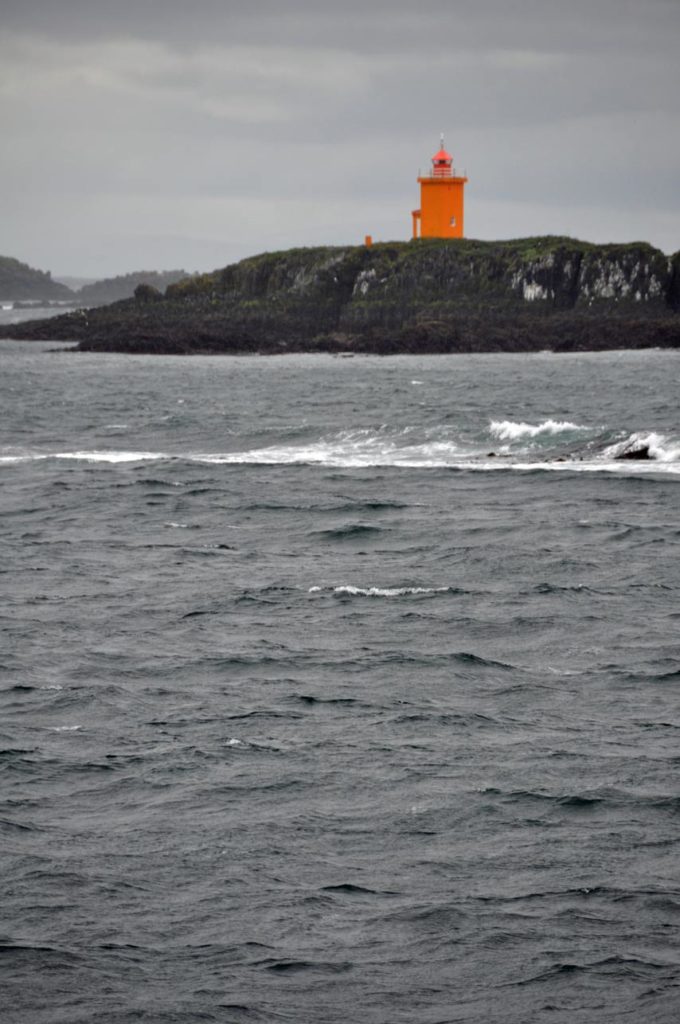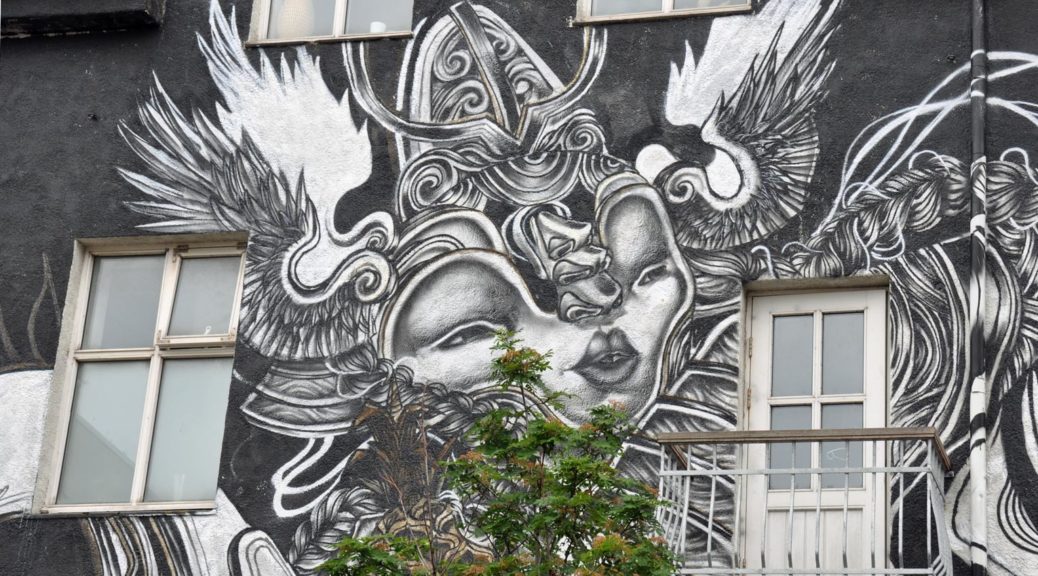We spend all of our time worrying and stressing about getting into university, the required subjects and grades, yet spend relatively little thinking about what university life looks like, requires of our children and can offer them.
It can be as simple as talking about what kind of degree they’re about to start, what academic targets they can set themselves for the first year, second, third and/or fourth. But it should also include some non-academic targets.
The Strada-Gallup Alumni Survey questioned about 100,000 American college graduates of all ages about their college experiences, looking for connections between how they spent their time in college and how fulfilled they say they are now.
The study has not found that attending a private college or a highly selective one foretells greater satisfaction. Instead, the game changers include establishing a deep connection with a mentor, taking on a sustained academic project and playing a significant part in a campus organization.
What all of these reflect are engagement and commitment, which we can think of as overlapping muscles that college can and must be used to build. They’re part of an assertive rather than a passive disposition, and they’re key to professional success.
Part of establishing a relationship with a mentor, is allowing ourselves to be open to the idea, to identify people who can help us along the way. Throughout life, there are people who want to help. Where there are tutorials established, or lecturers who make it clear they’re available for questions afterwards, it’s important to make use of those professors’ office hours, invaluable conversations and advice.
It’s important to be open with people, sharing your own ideas and aspirations whilst listening to the advice that they can give. Students should not hang back but step forward and accept all and any help available to them.
Obviously it’s not easy, and there are obvious pitfalls and traps along the way. Anxiety and depression are legion on campuses today, holes that too many students fall into and never crawl out of. More than ever, students should be on the lookout for them and take the necessary steps to mitigate them.
It’s important to be careful, especially at the beginning of college, about spending too much time alone. Isolation can become its own bad habit, and prying eyes can be the best insurance policy against destructive behavior. My oldest daughter’s key piece of kit was a doorstop, to wedge open the fire door into her room and make sure everyone knew she was up and about, and open for socialising.
People should also regulate time on social media, where discourse can be barbed and peers curate honeyed alter egos that stoke insecurity in those looking at them. Invest in established but now long-distance friendships with people who have only your interests at heart.
Don’t drink too much and don’t shortchange sleep, as prosaic as that sounds. And work out in some way. “We know that exercise is very, very important,” said Jan Collins-Eaglin, the associate dean for wellness at Pomona College in Southern California. “It will calm you down.” There is a huge correction between exercise, especially team or group exercise with mental well-bring.
Regardless of the subject studied, there are skills to insist on acquiring because they transcend any particular career. Communication — clear writing, cogent speaking — is one of them, and many different courses can and should practice and develop communication.
Mitchell scholars were asked if there was a department or discipline that they wished they had paid more heed. Science majors mentioned humanities. Humanities majors mentioned computer science and statistics. In retrospect, if not in real time, intellectually curious people appreciate and want the benefits of balance. So it’s important to try and incorporate balance, to some degree, in your college years.
It is a mistake is to confuse career success, financial success and reputation with happiness. An important component of real contentment is figuring out what lights your personal emotional and intellectual fires, not necessarily for the purpose of a job but for the purpose of reflections and pastimes that fill in all those hours away from work.
Is it poetry? Music? Sport? Those and more are abundant on college campuses – let college help you work out what makes you happy.

